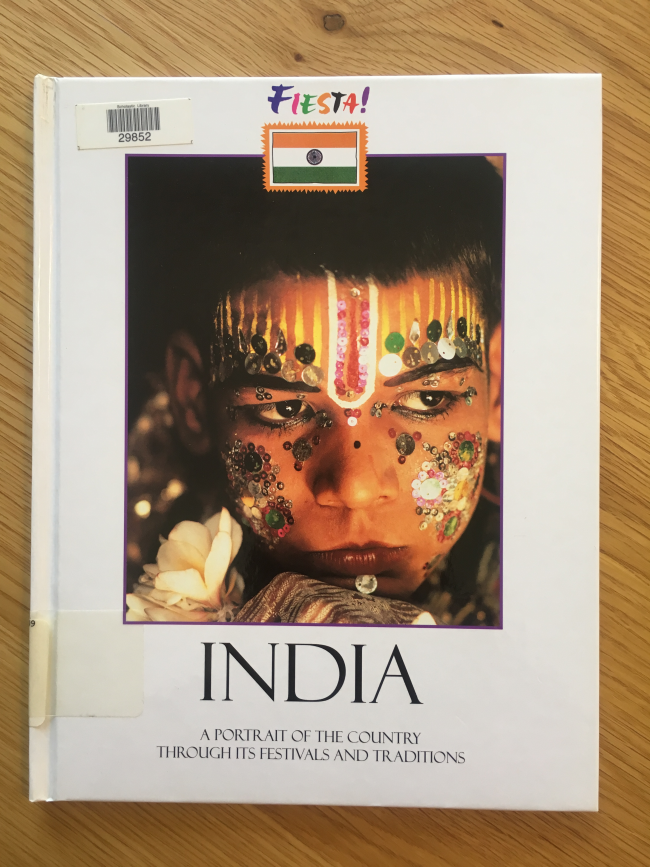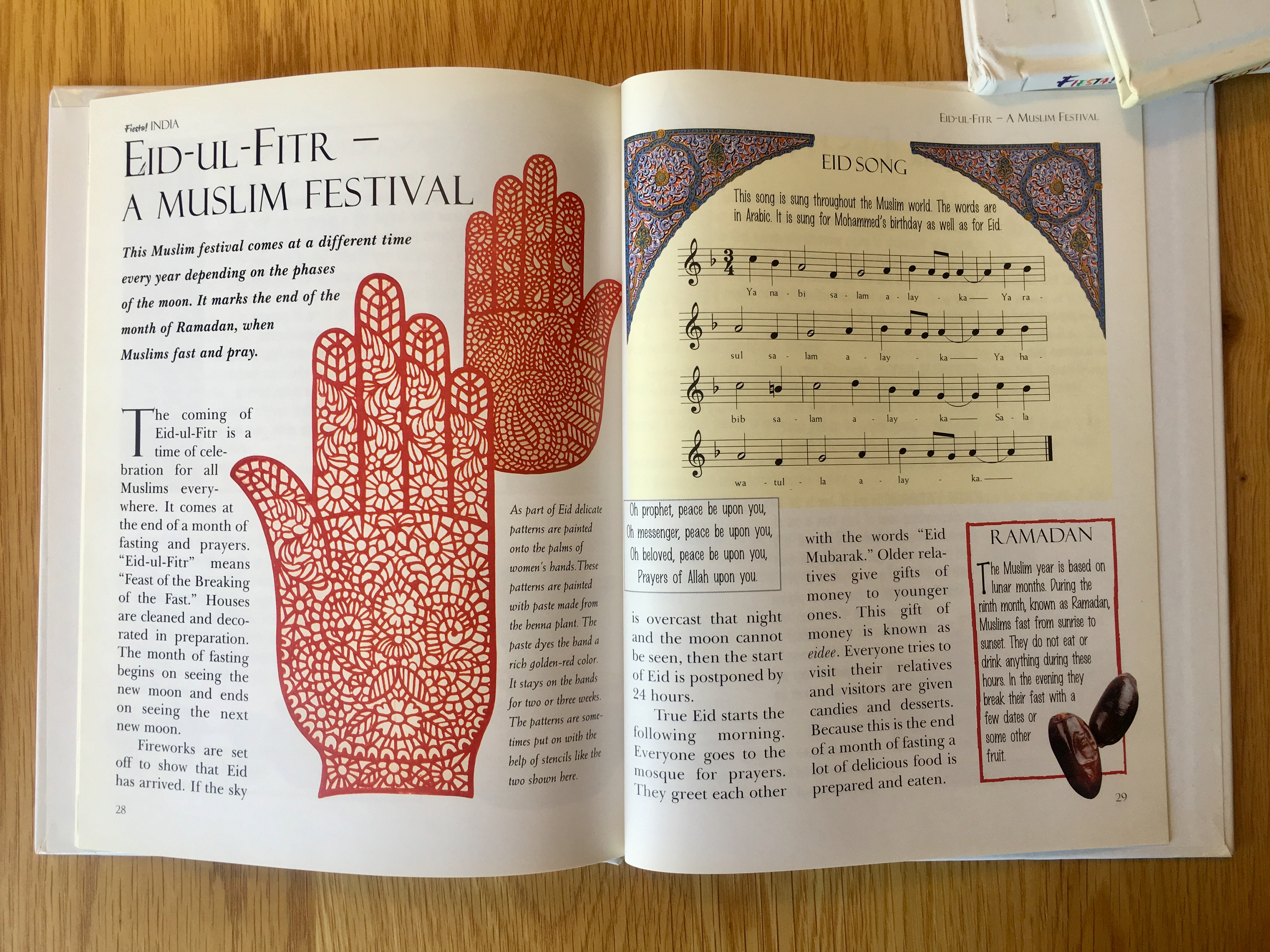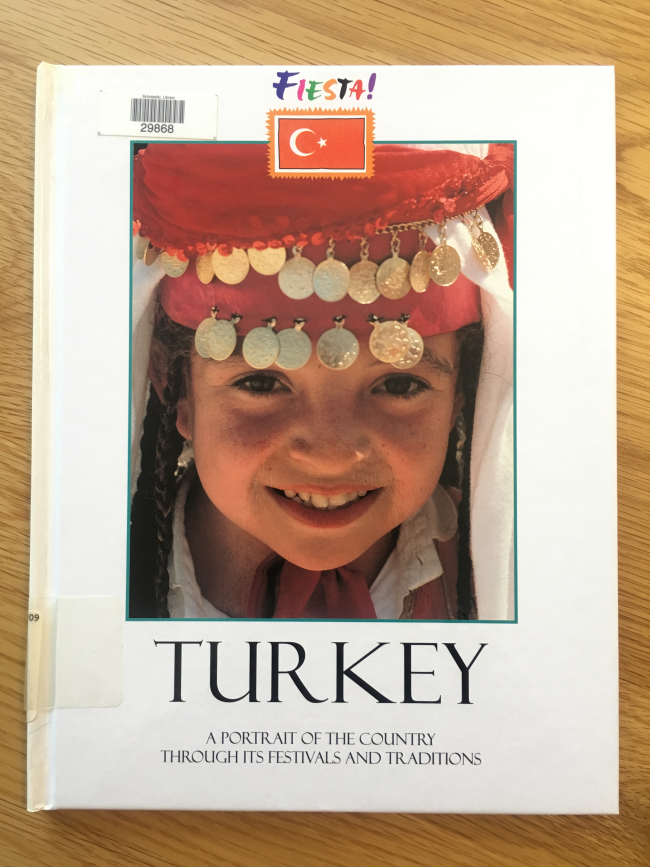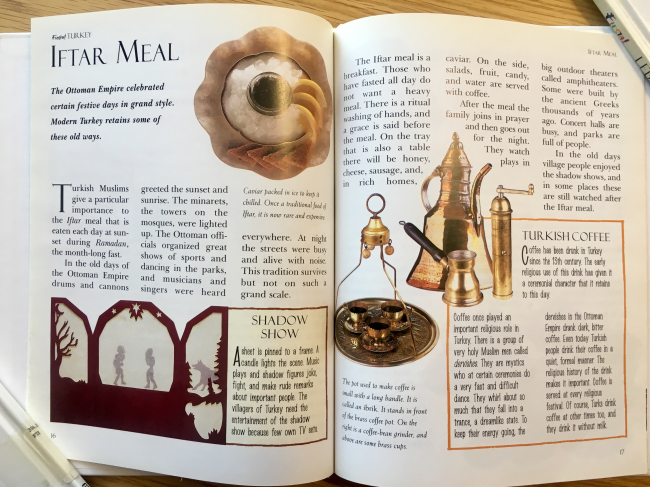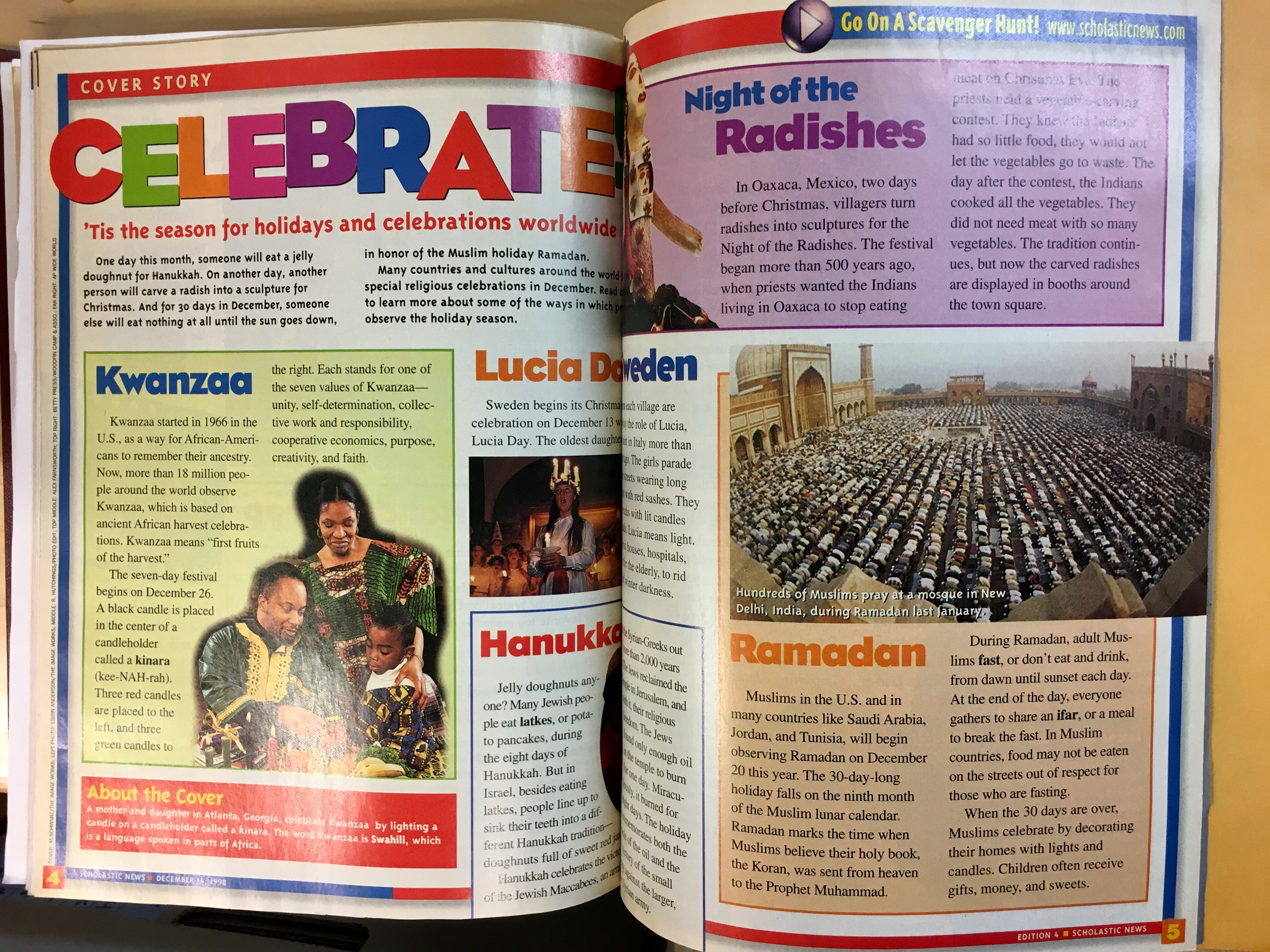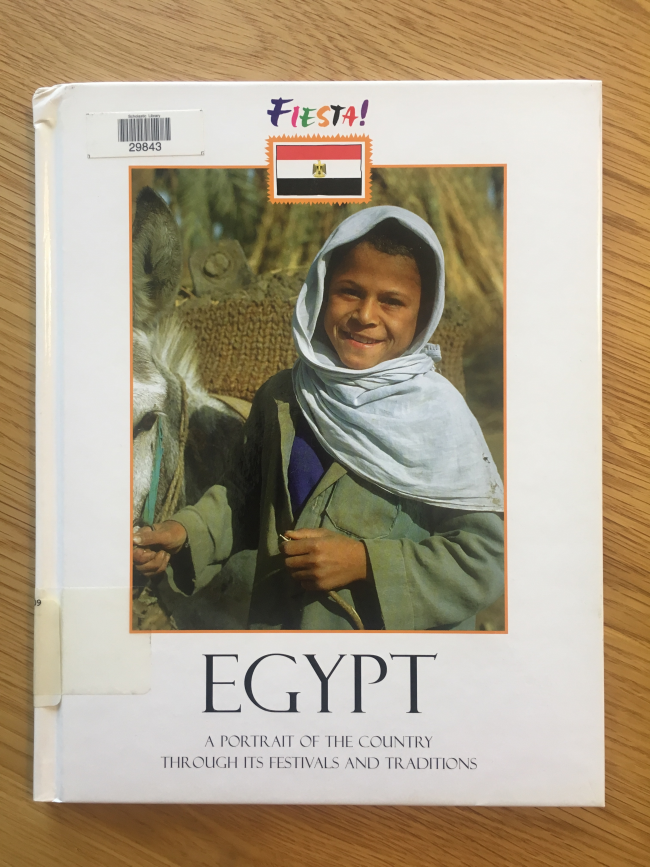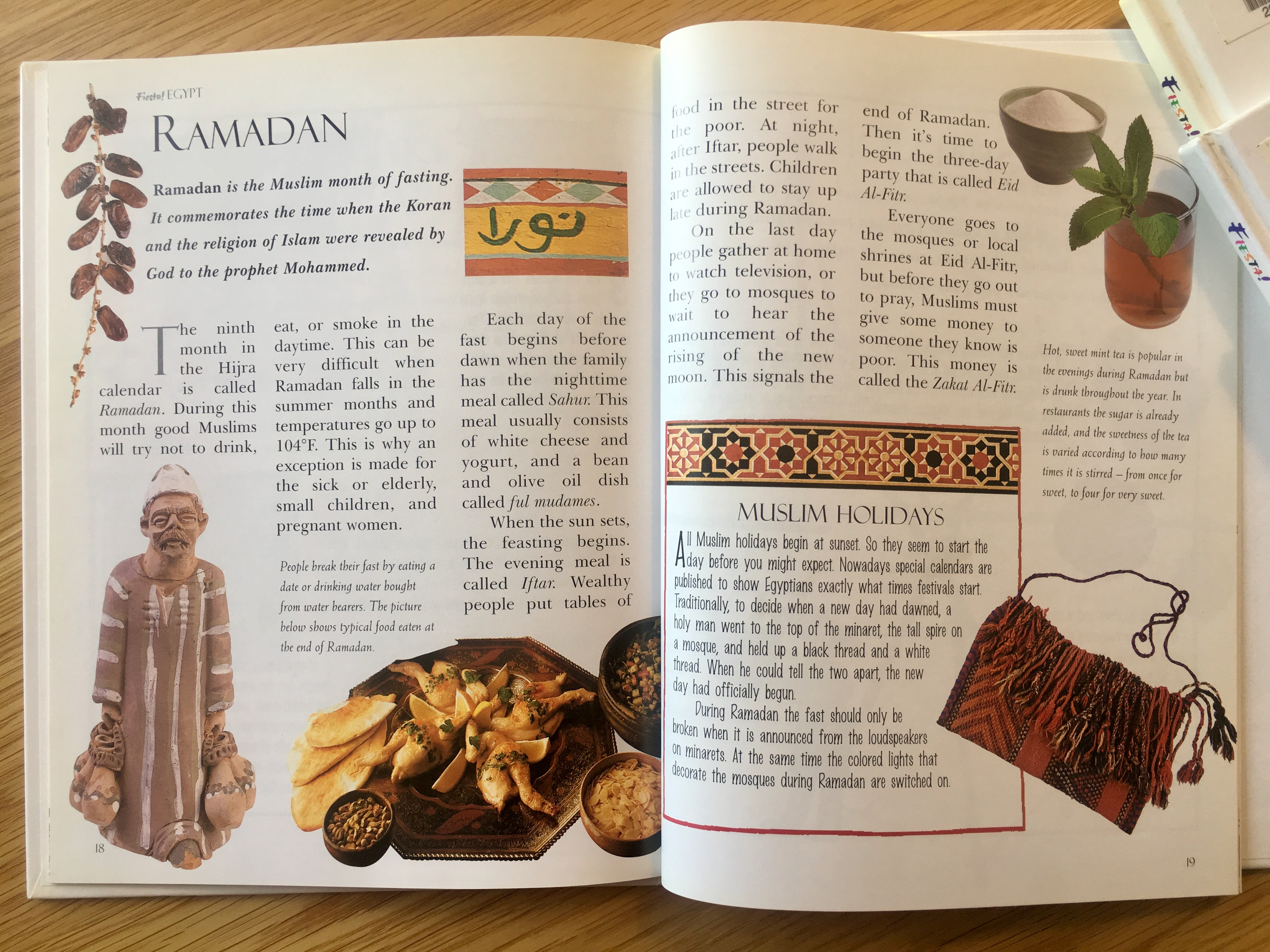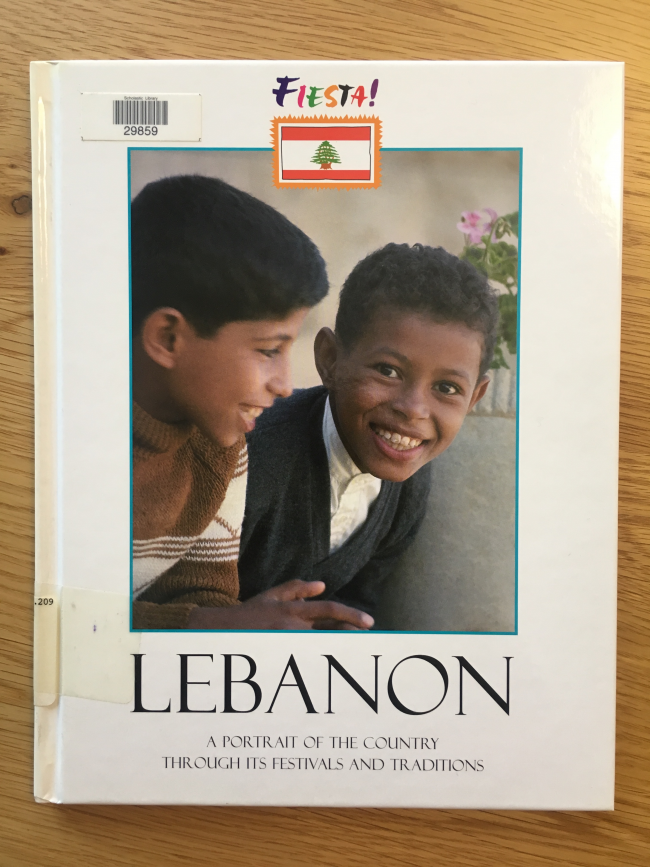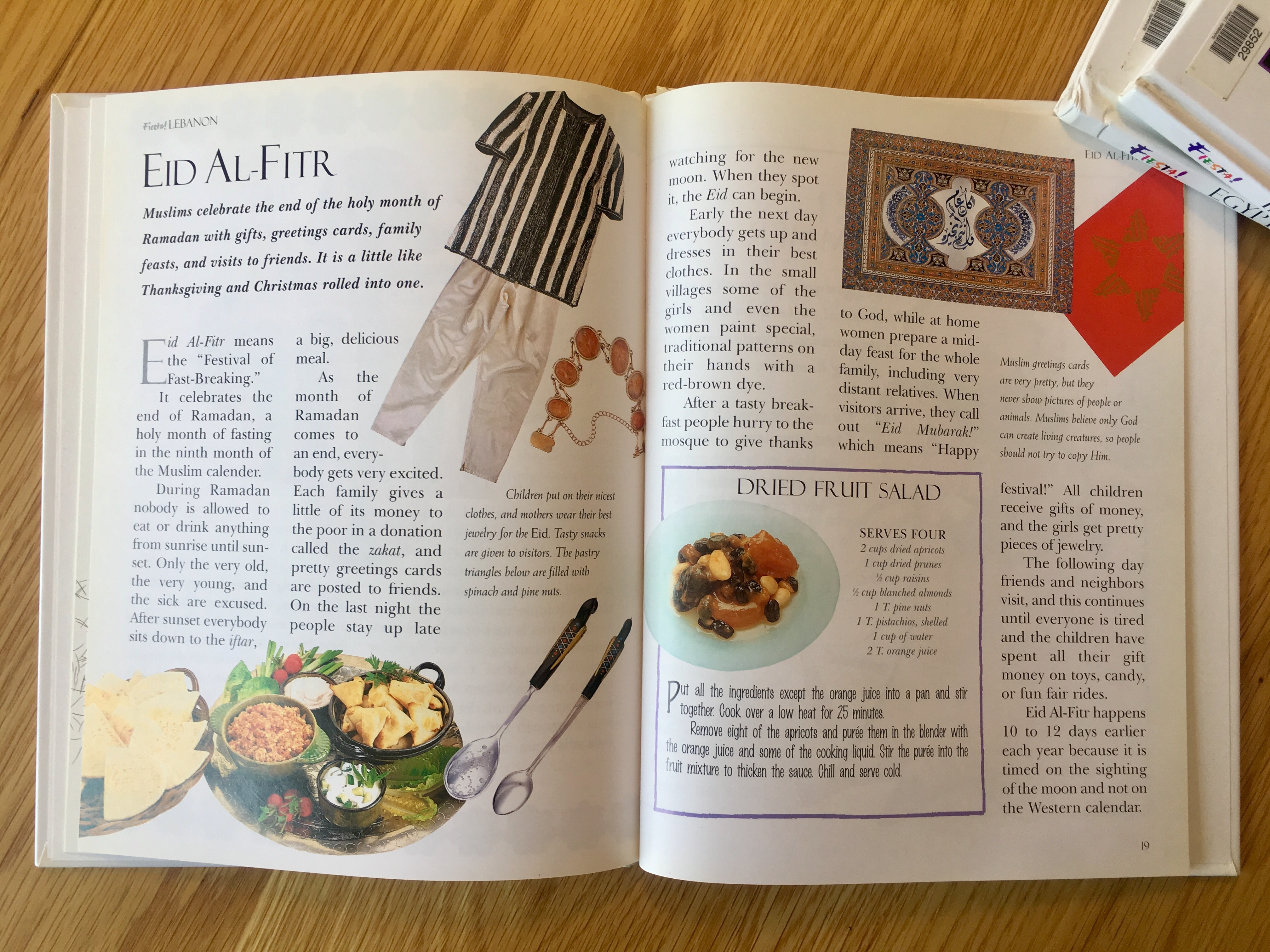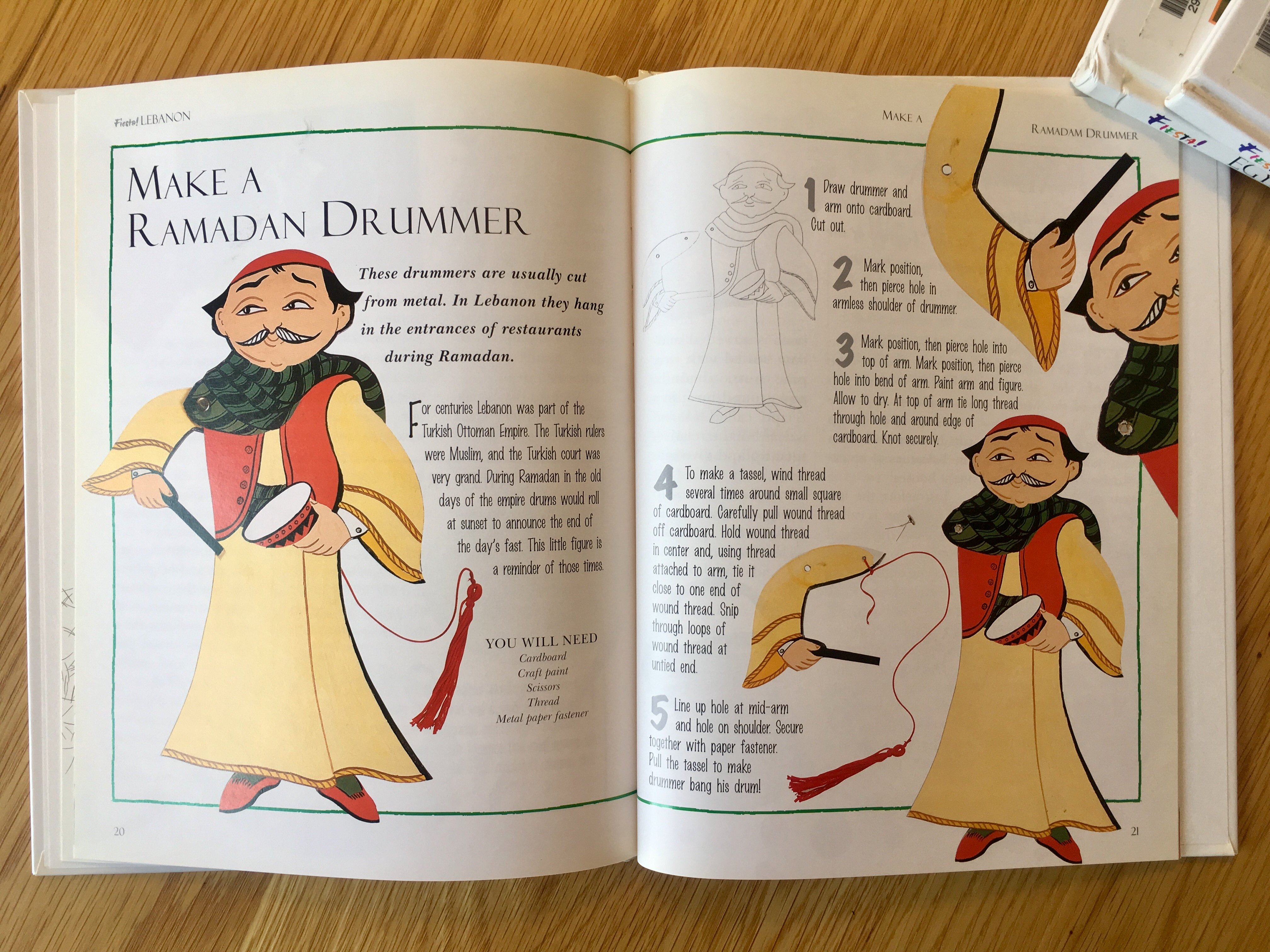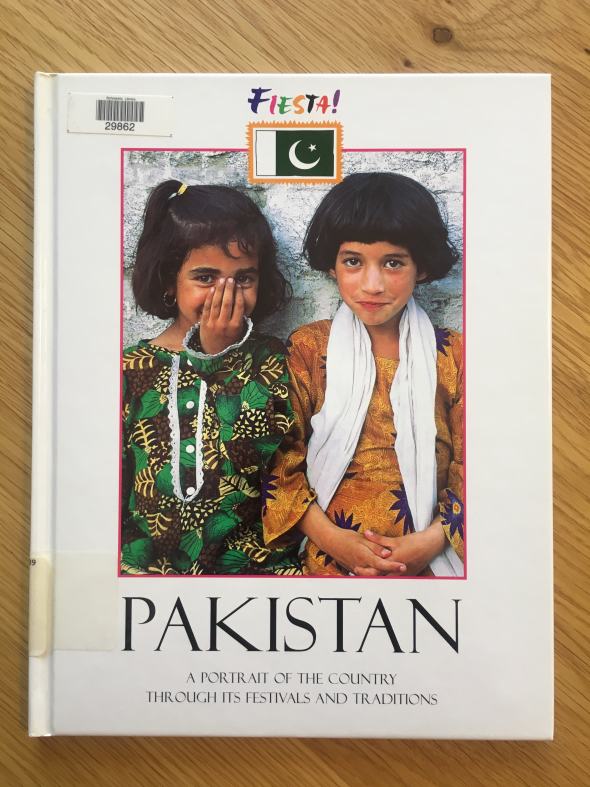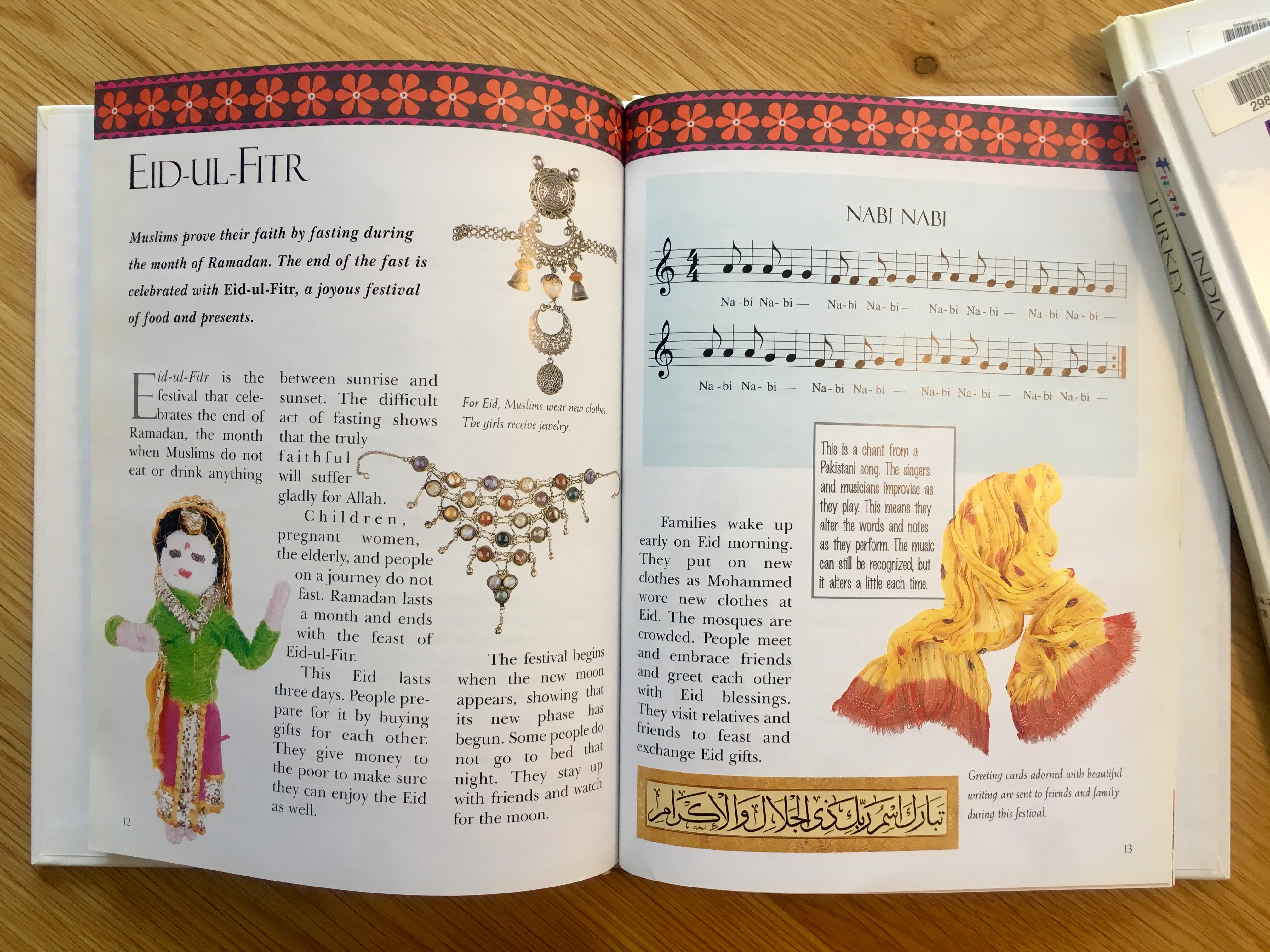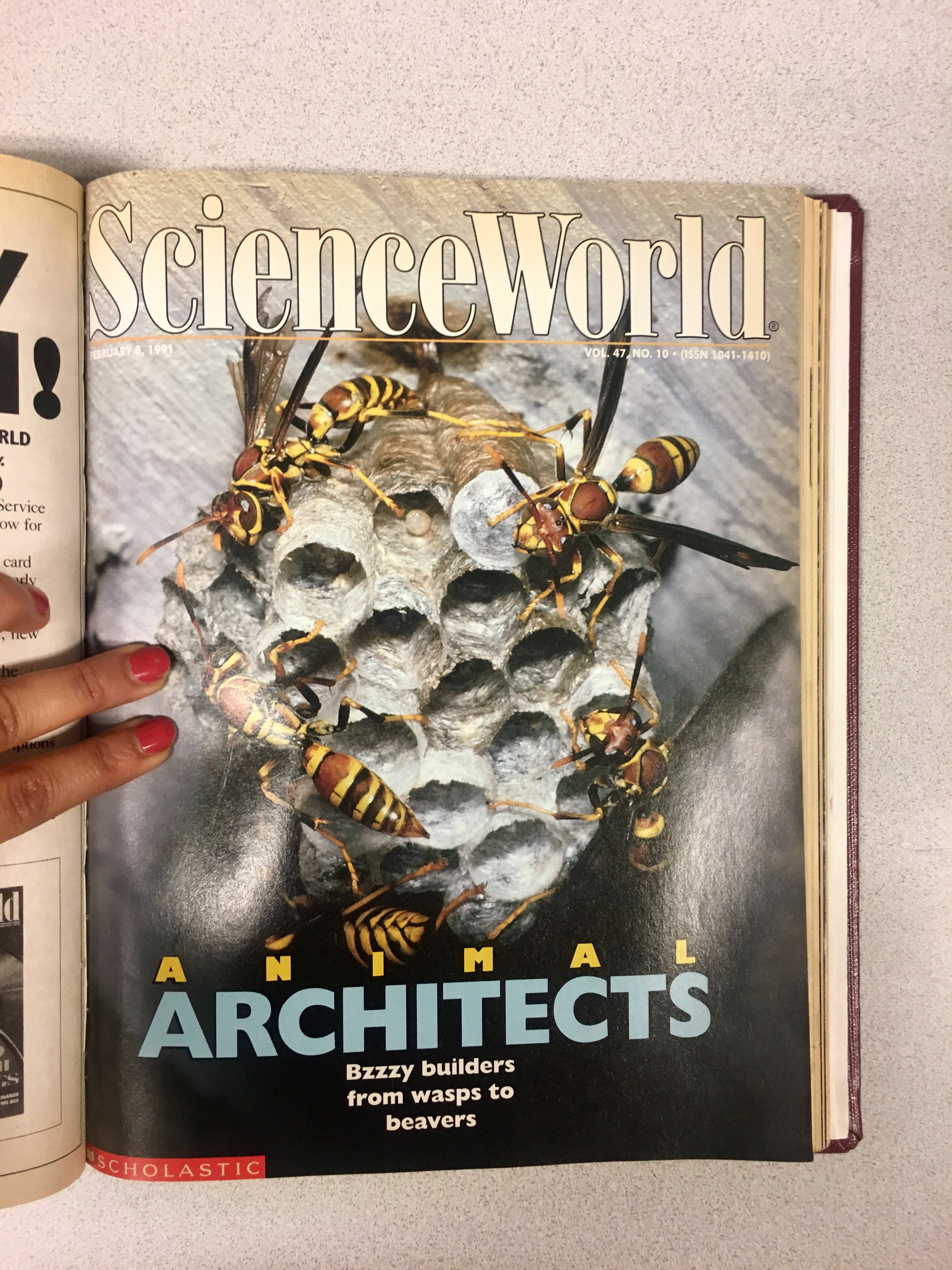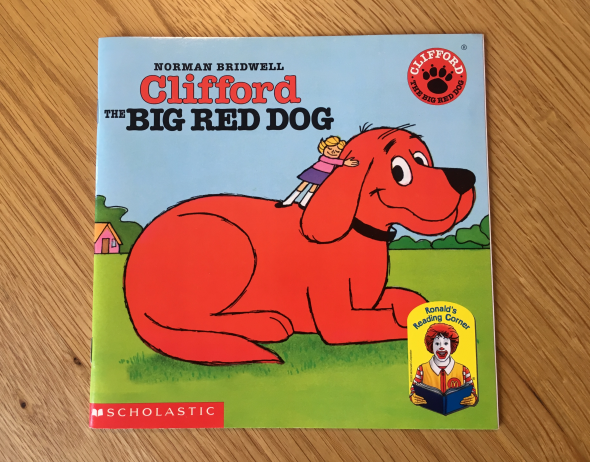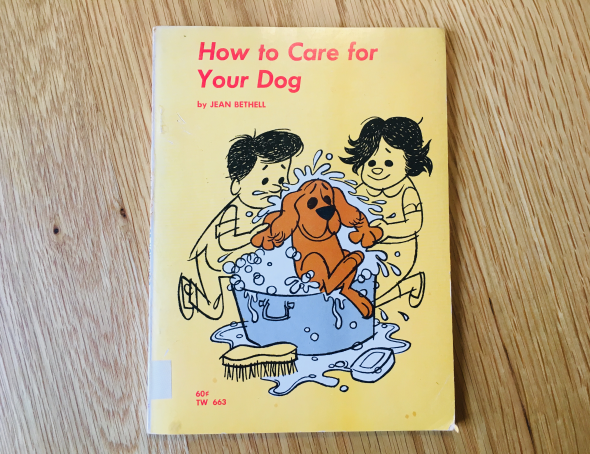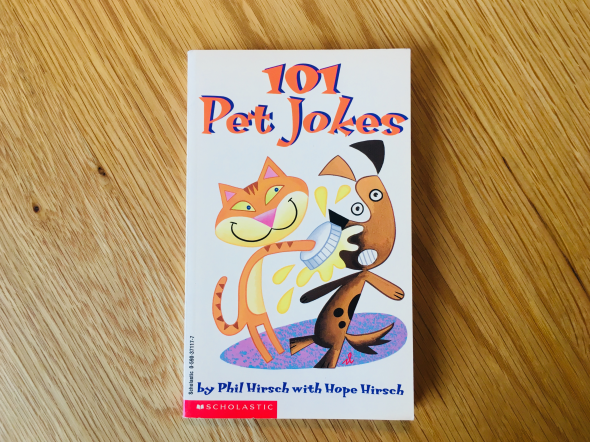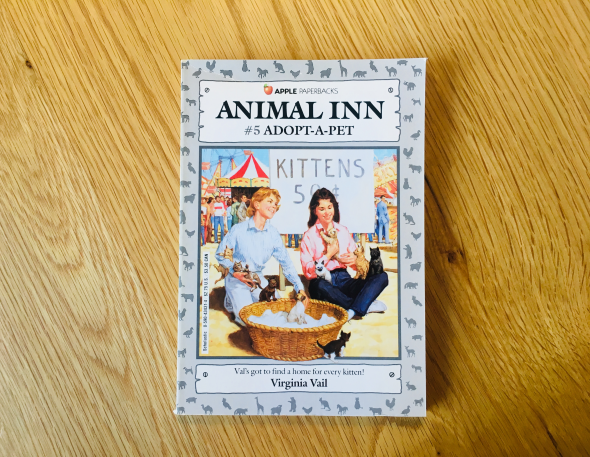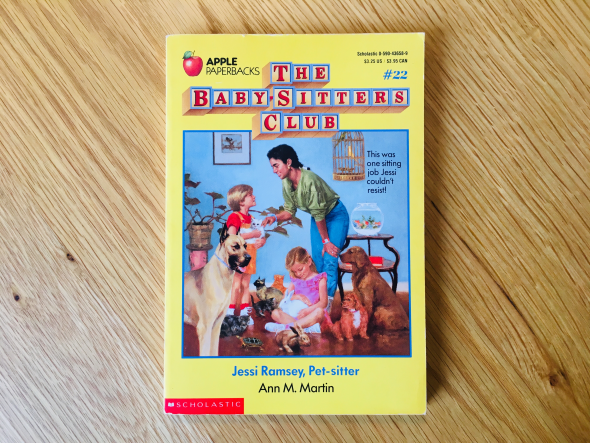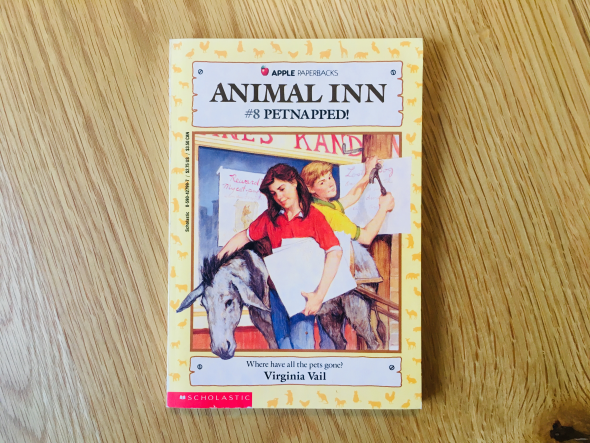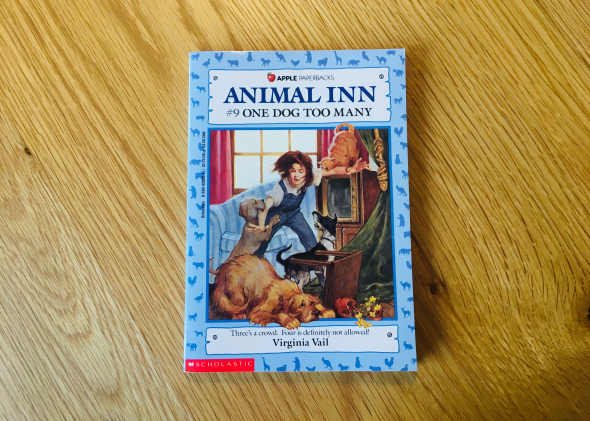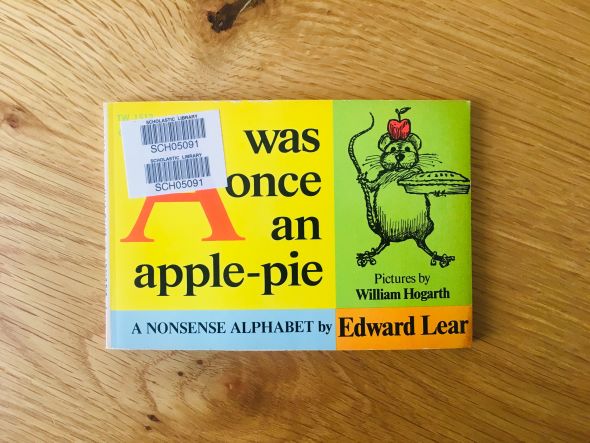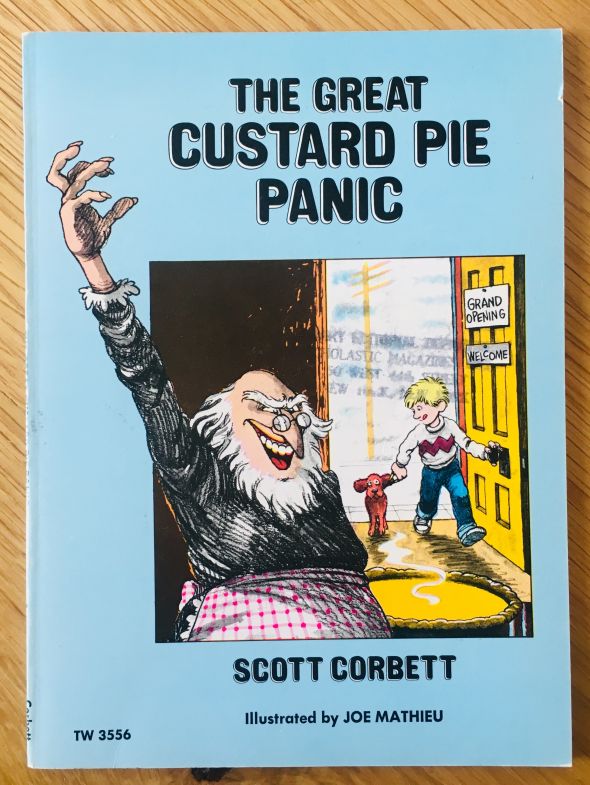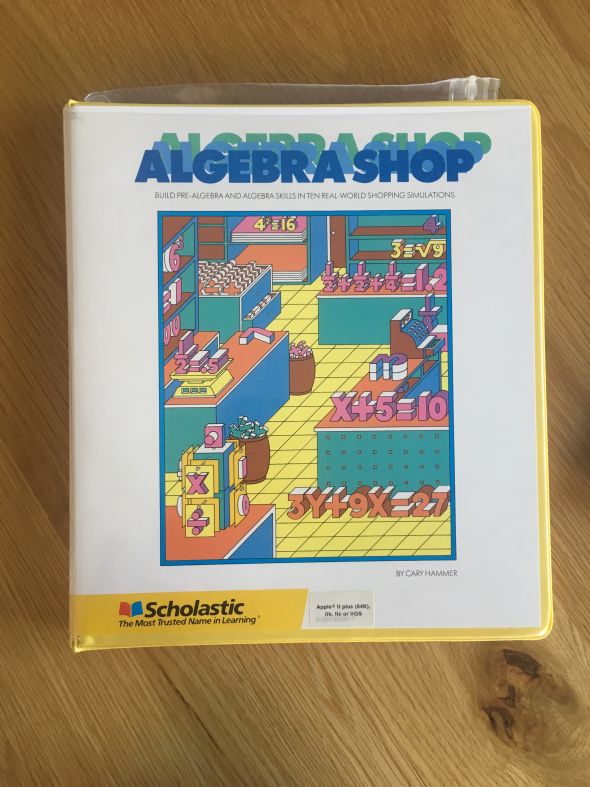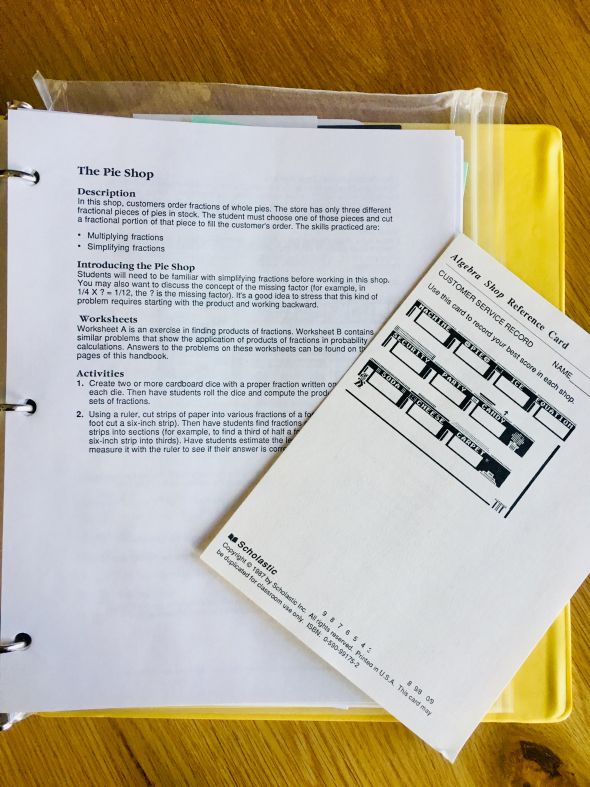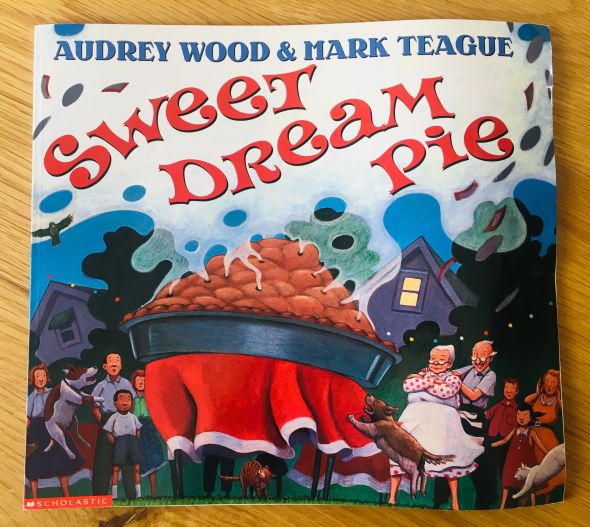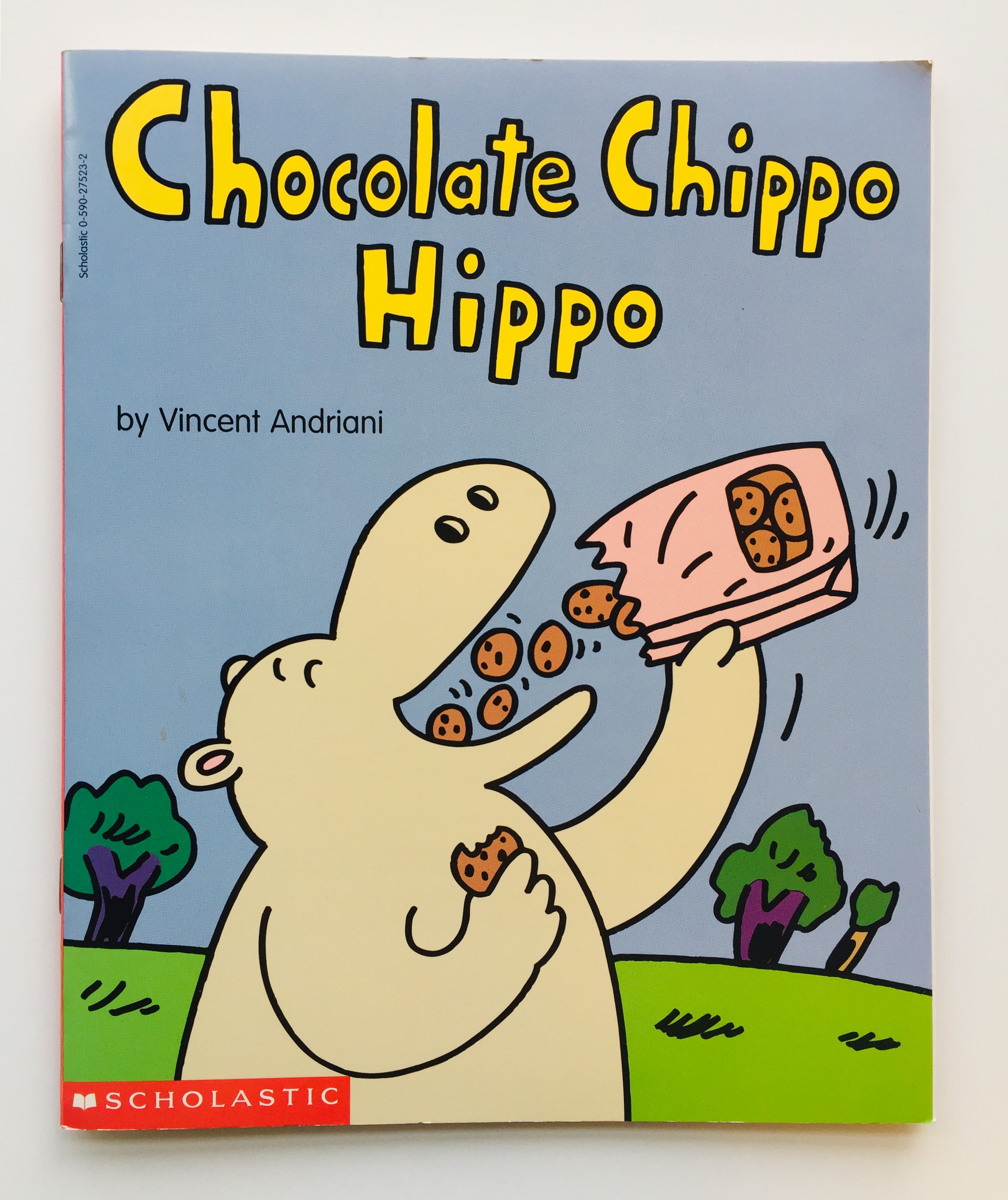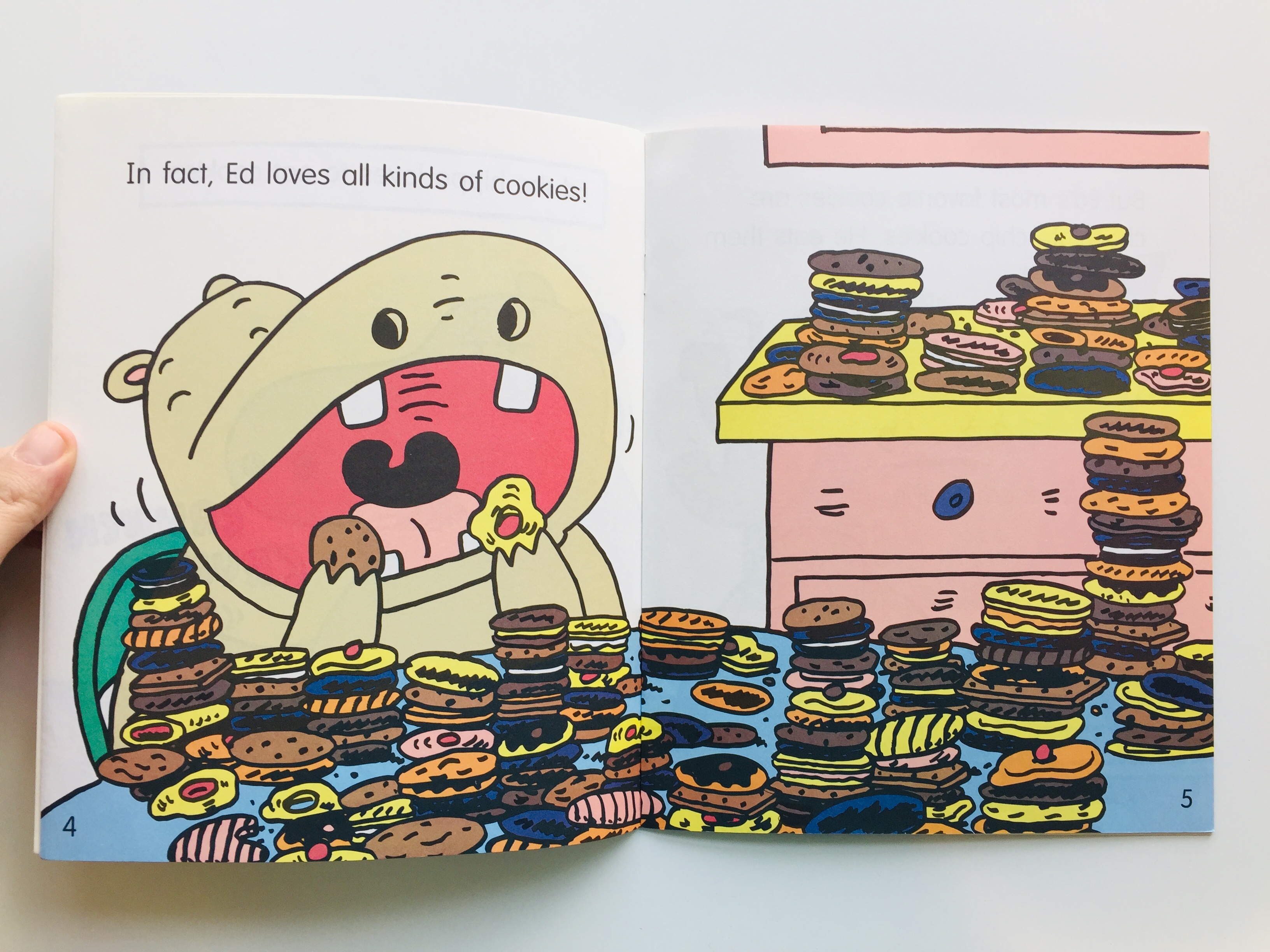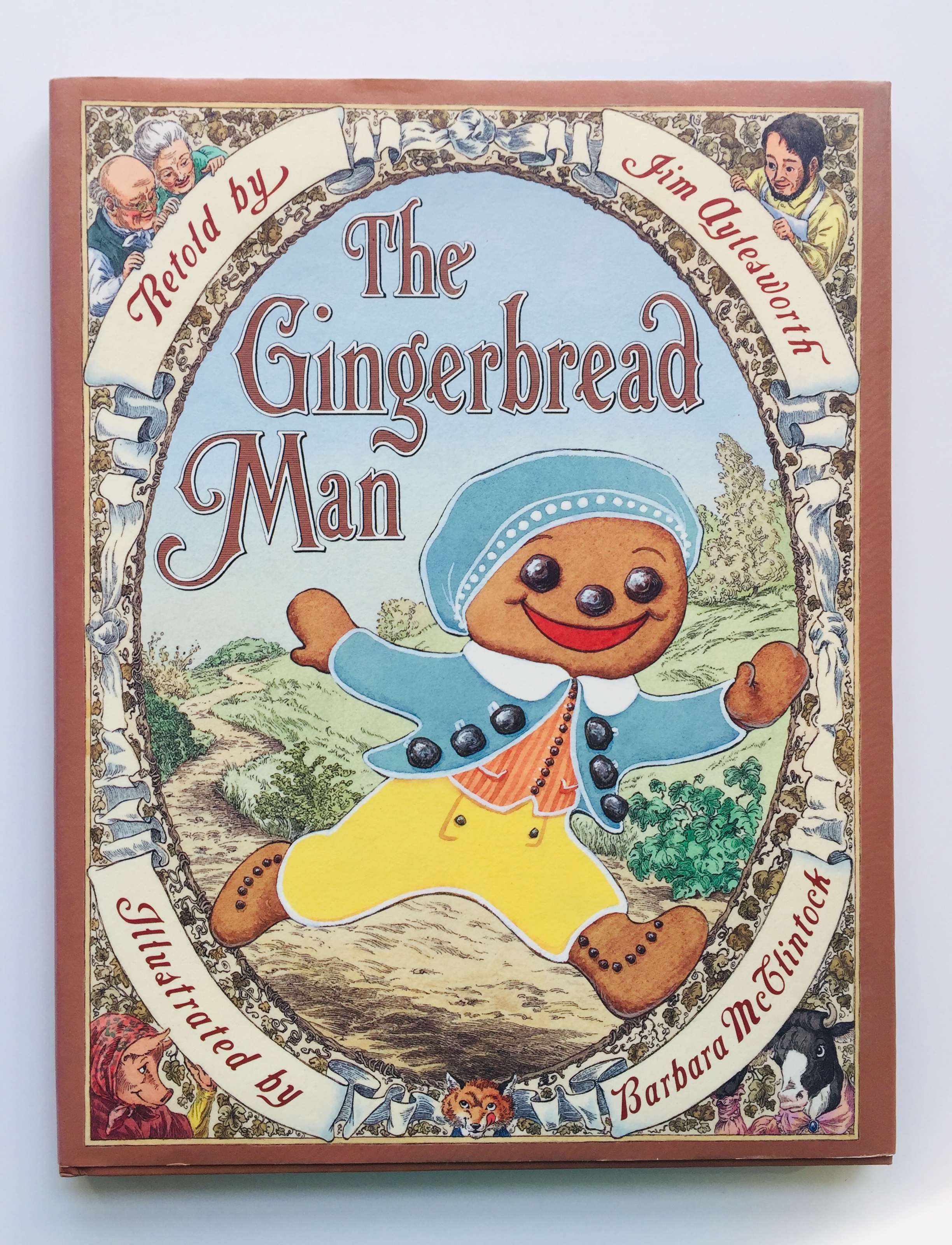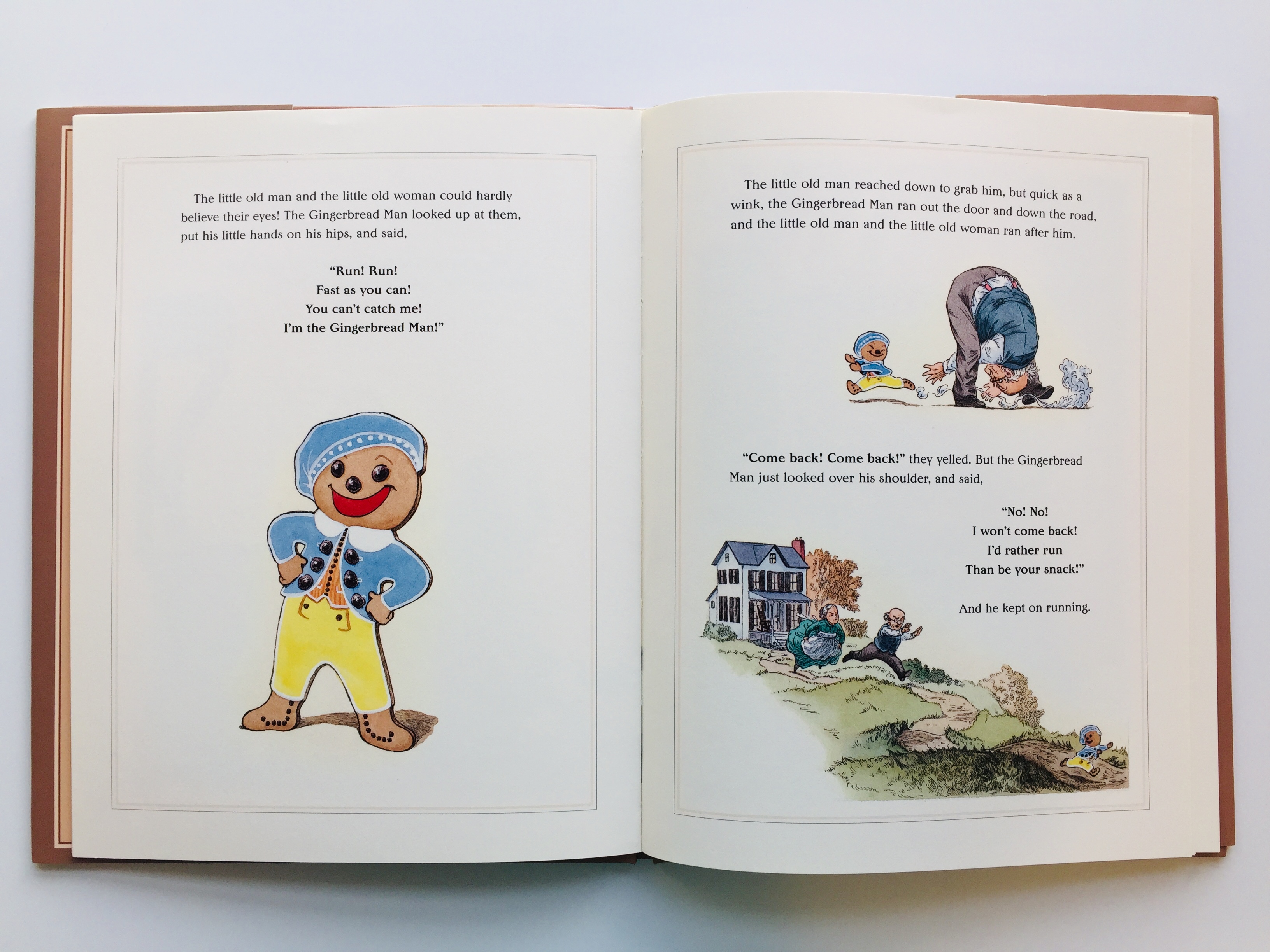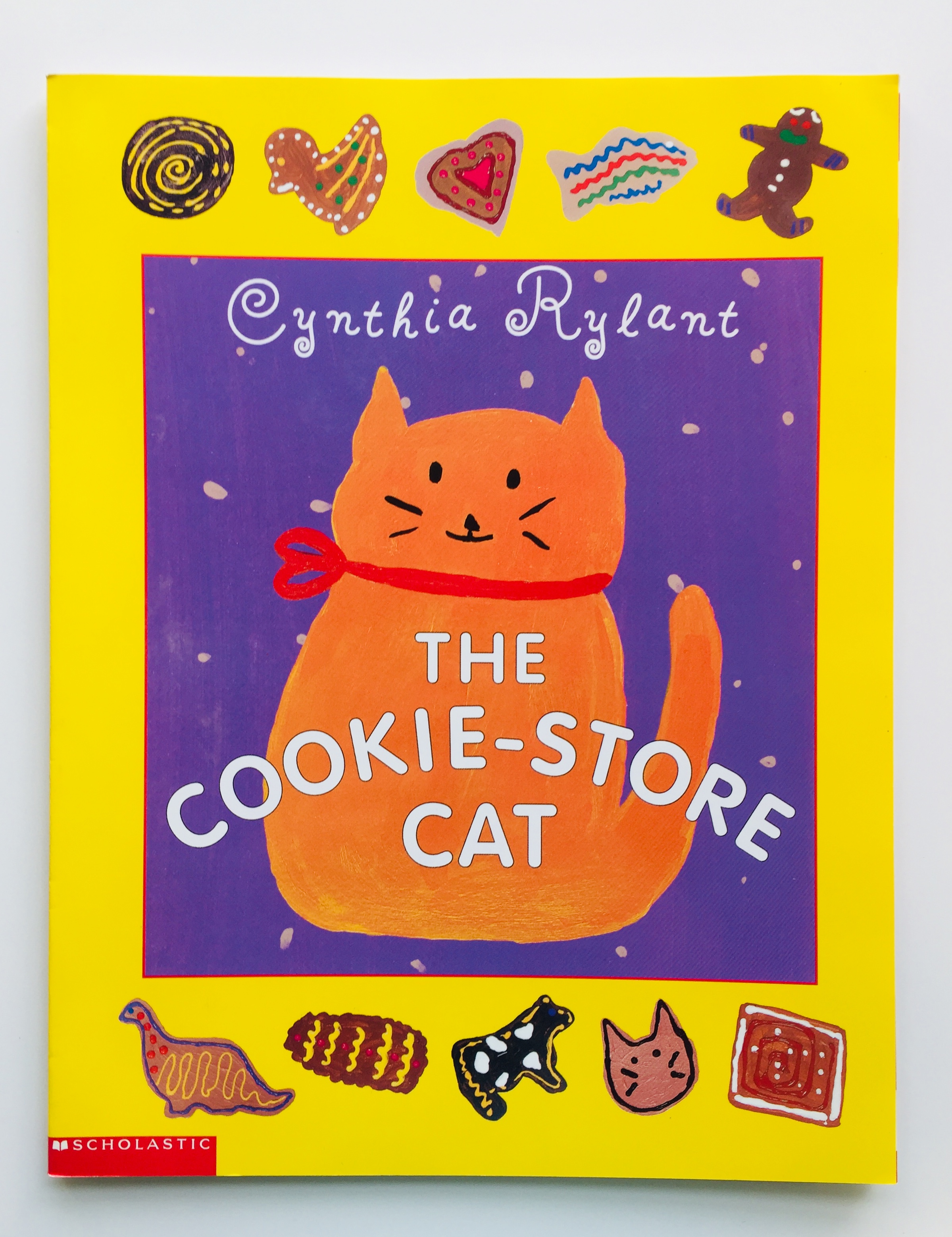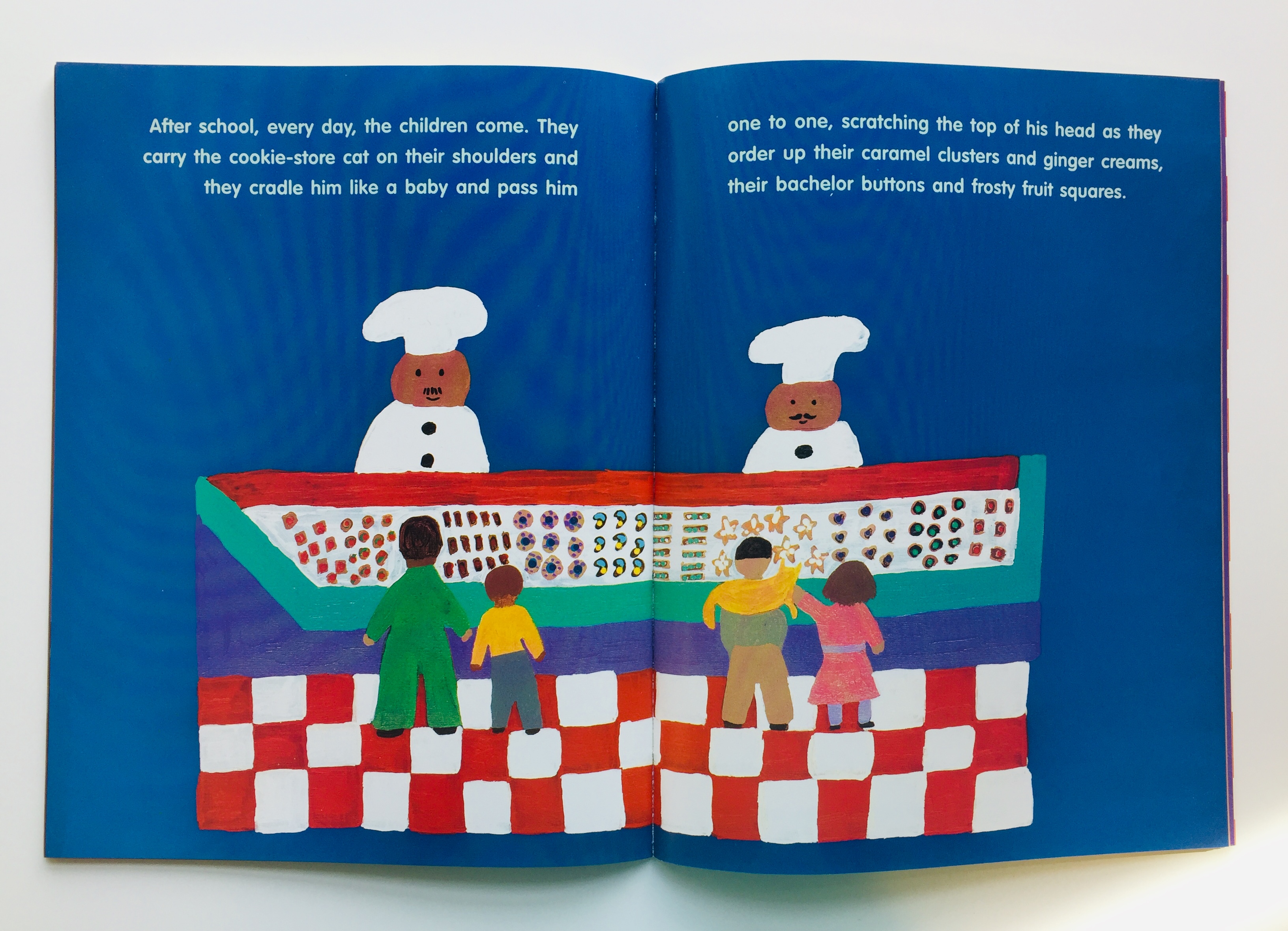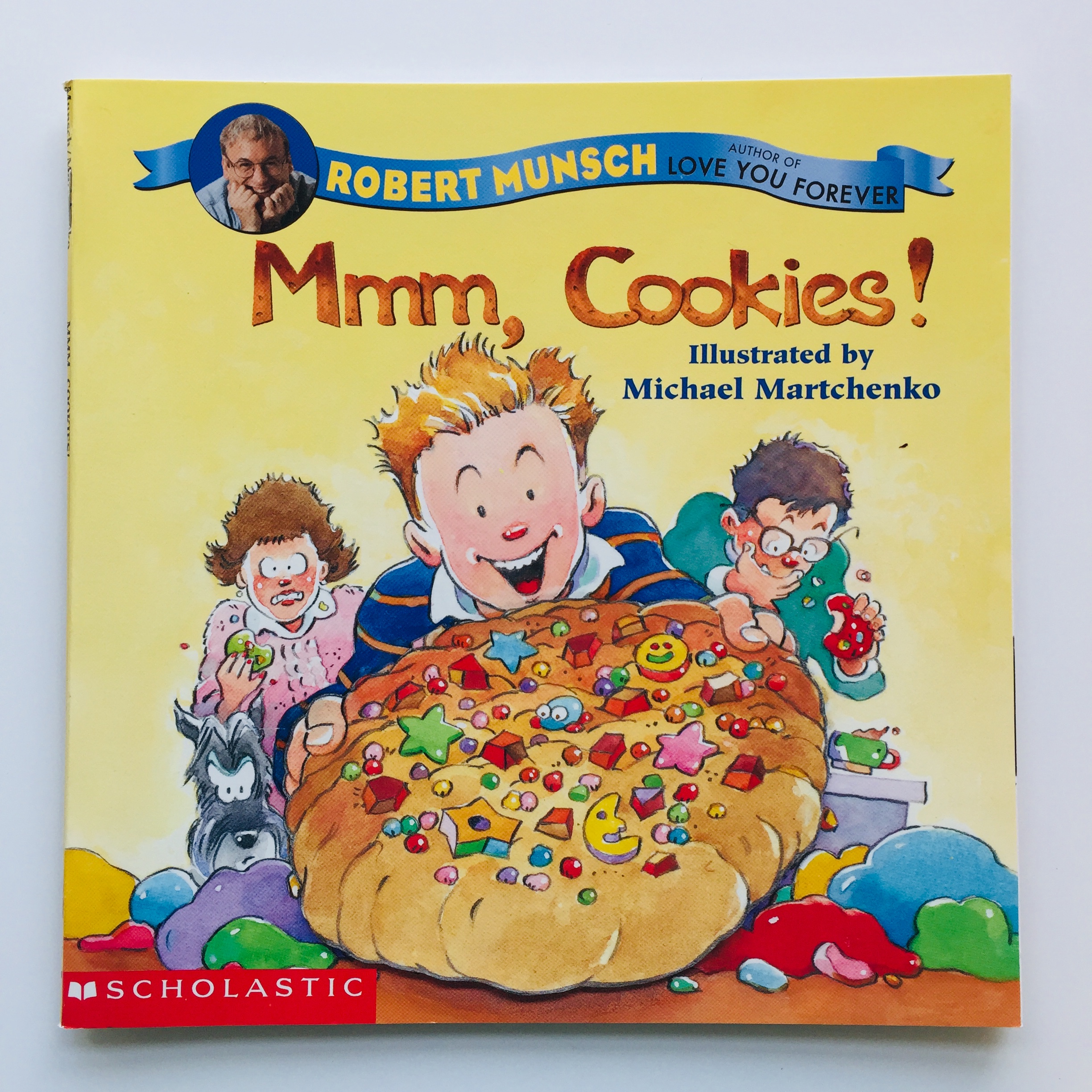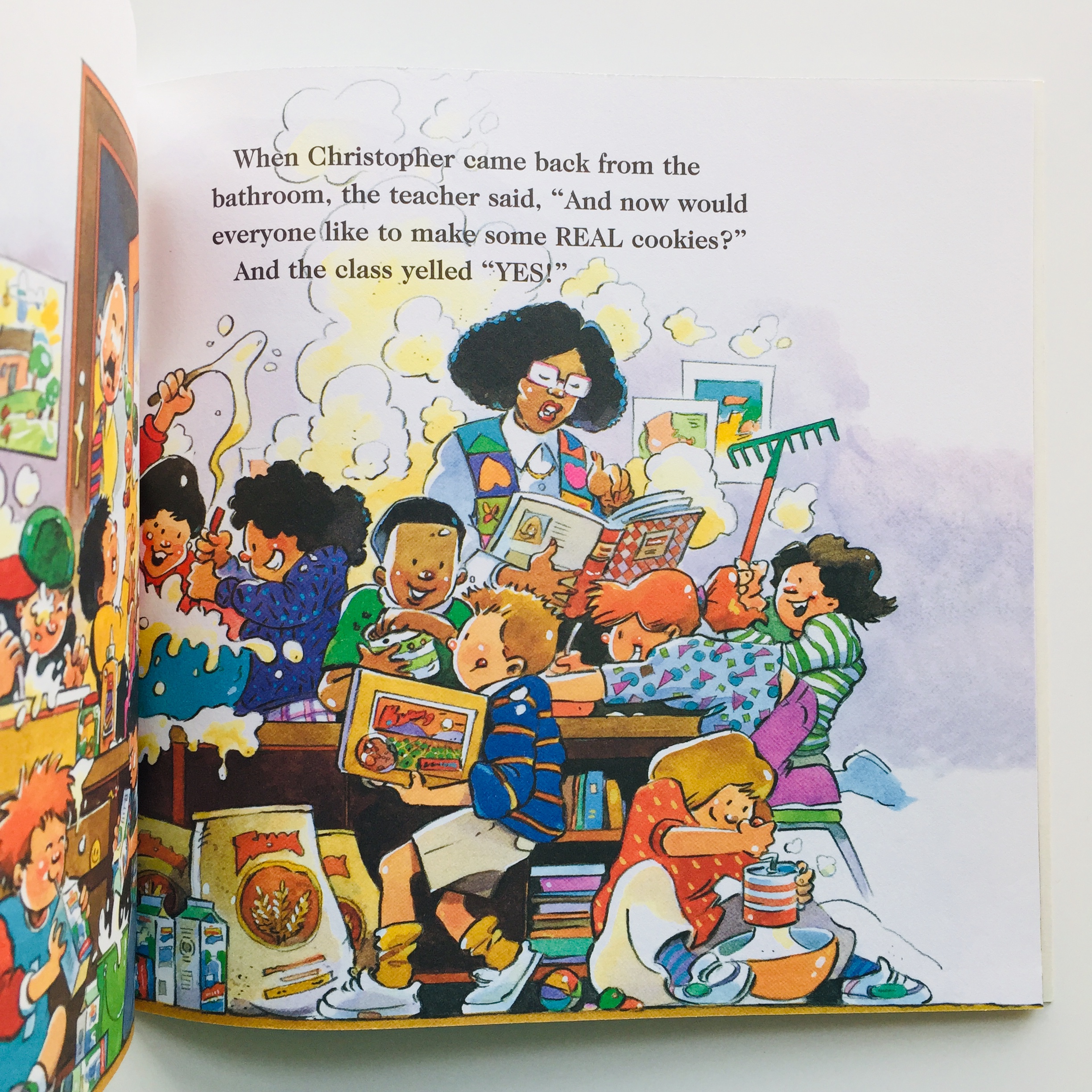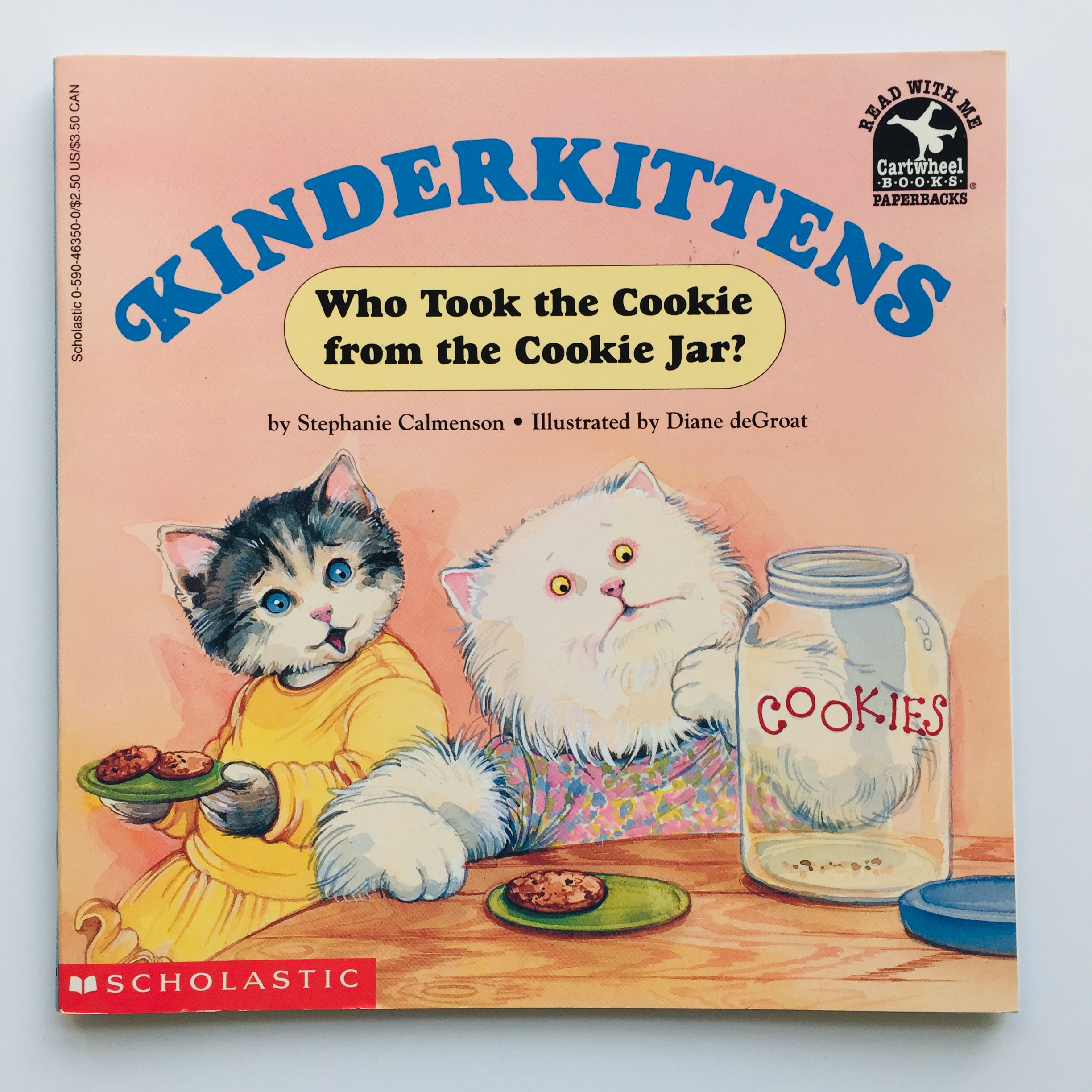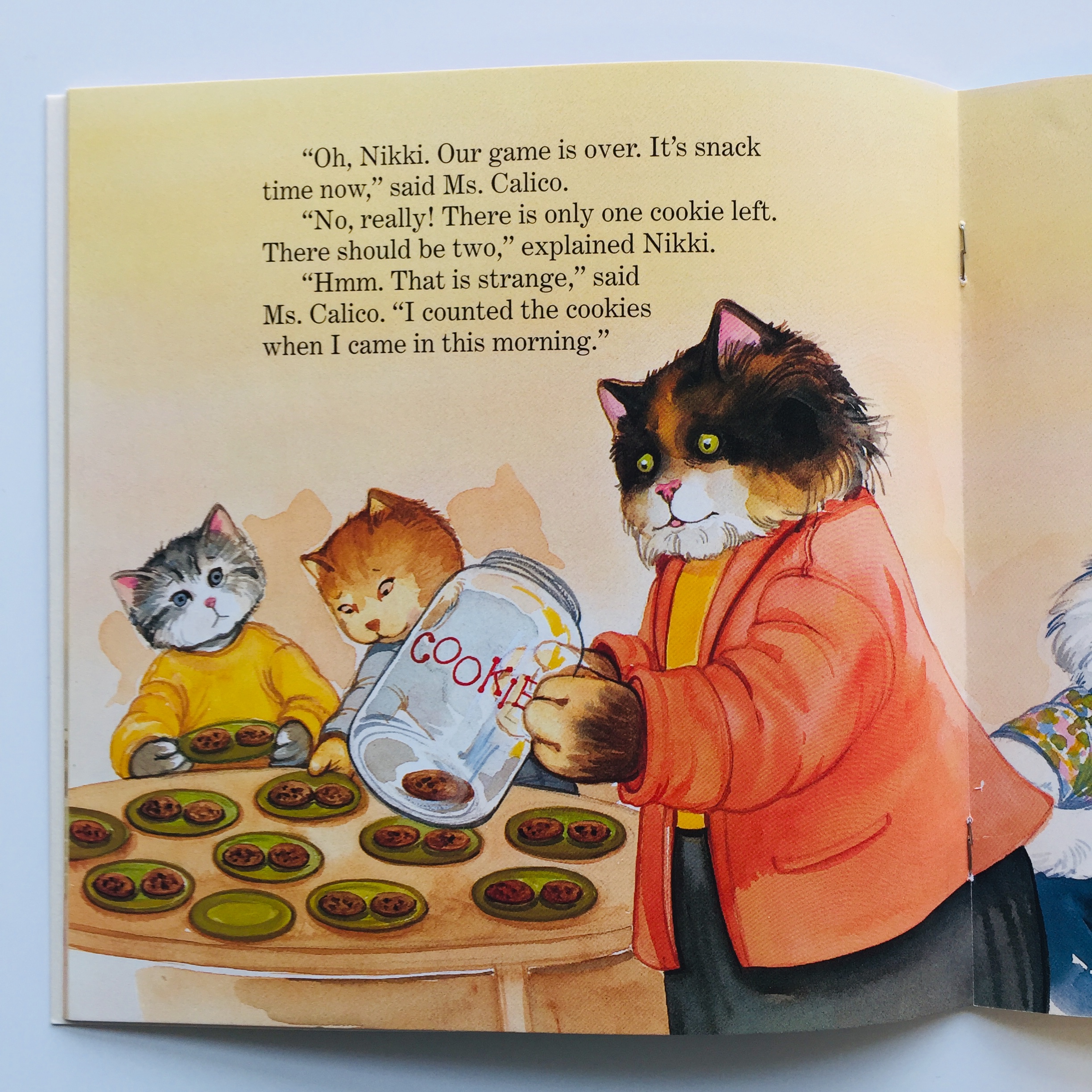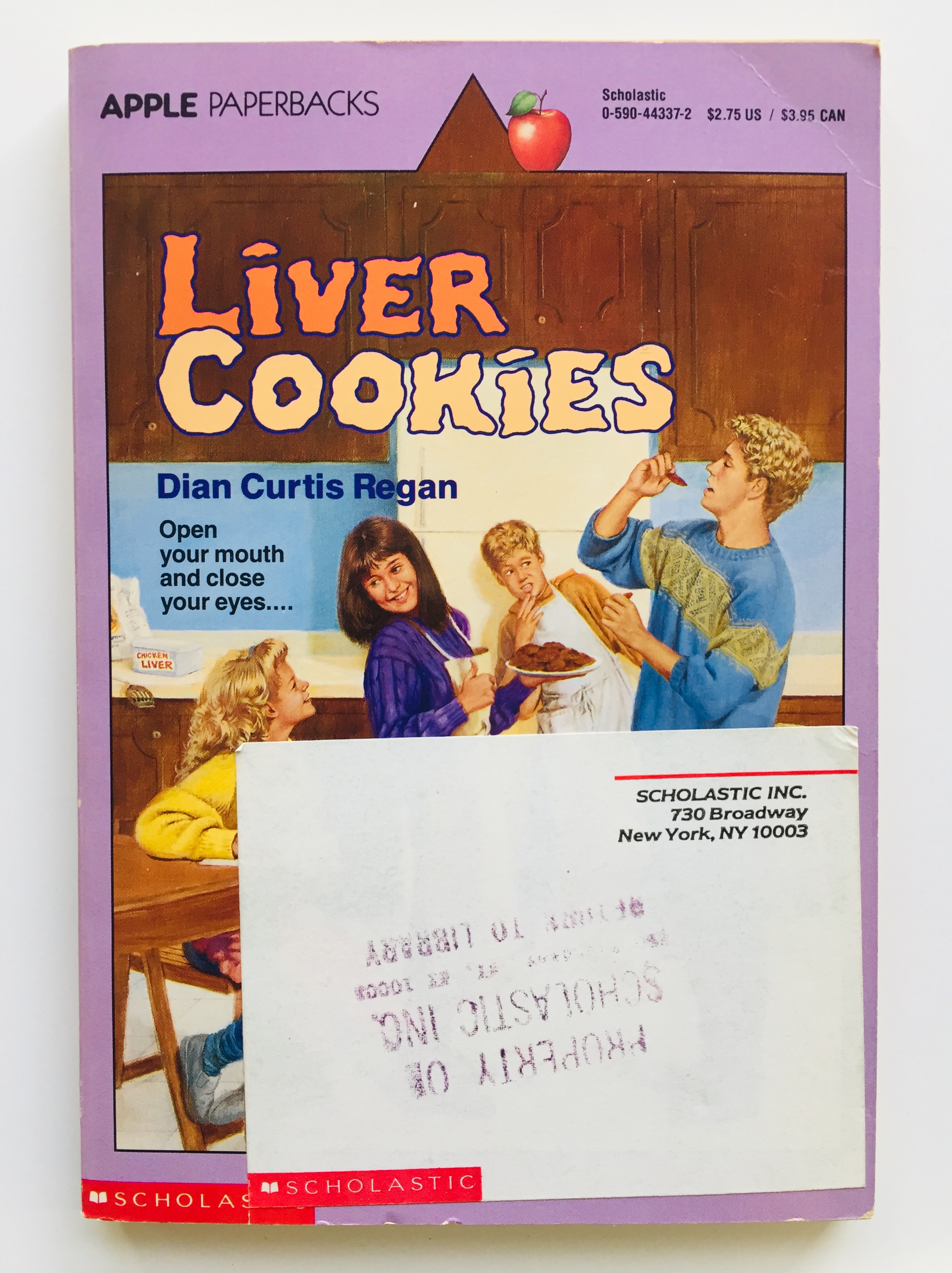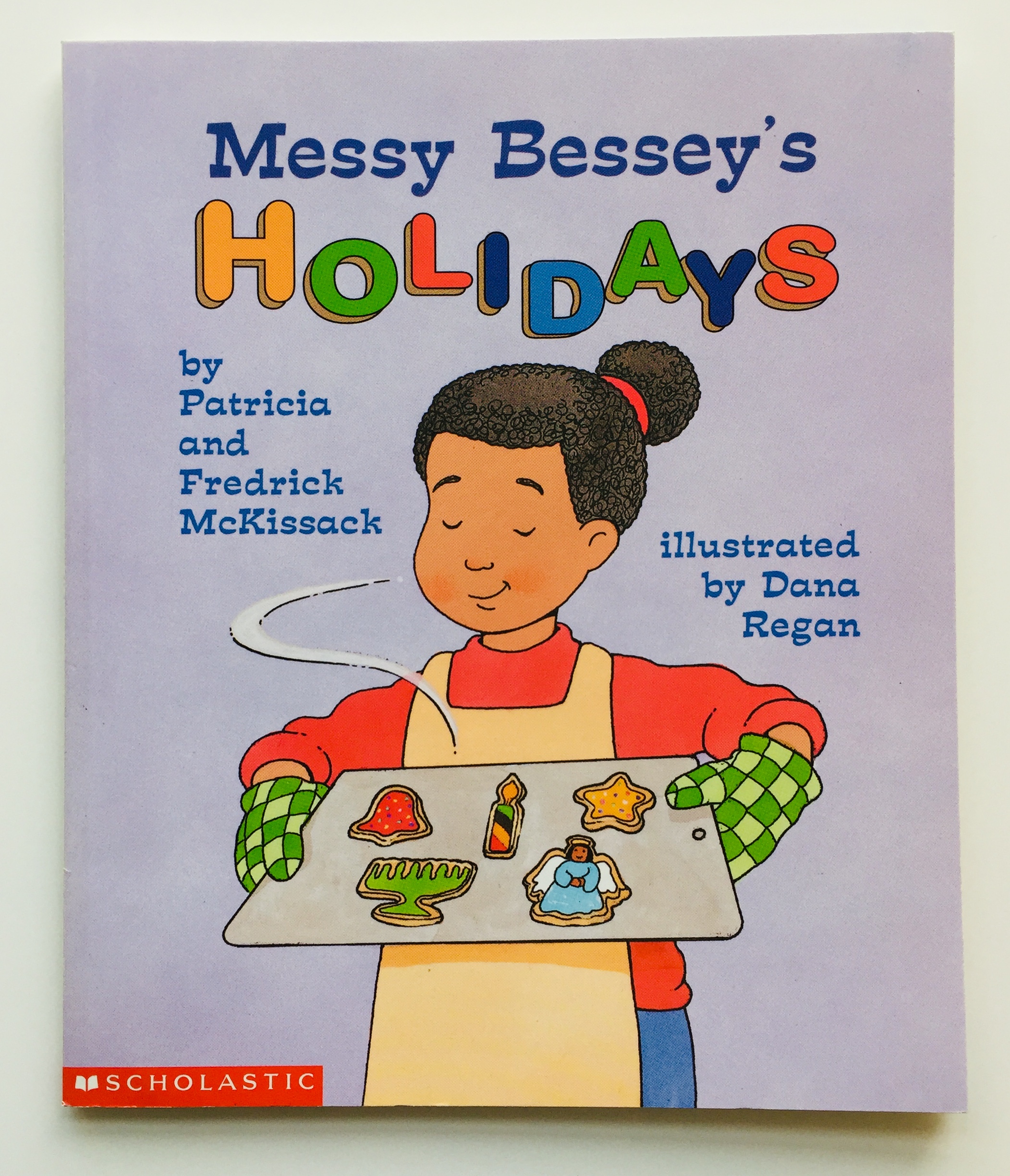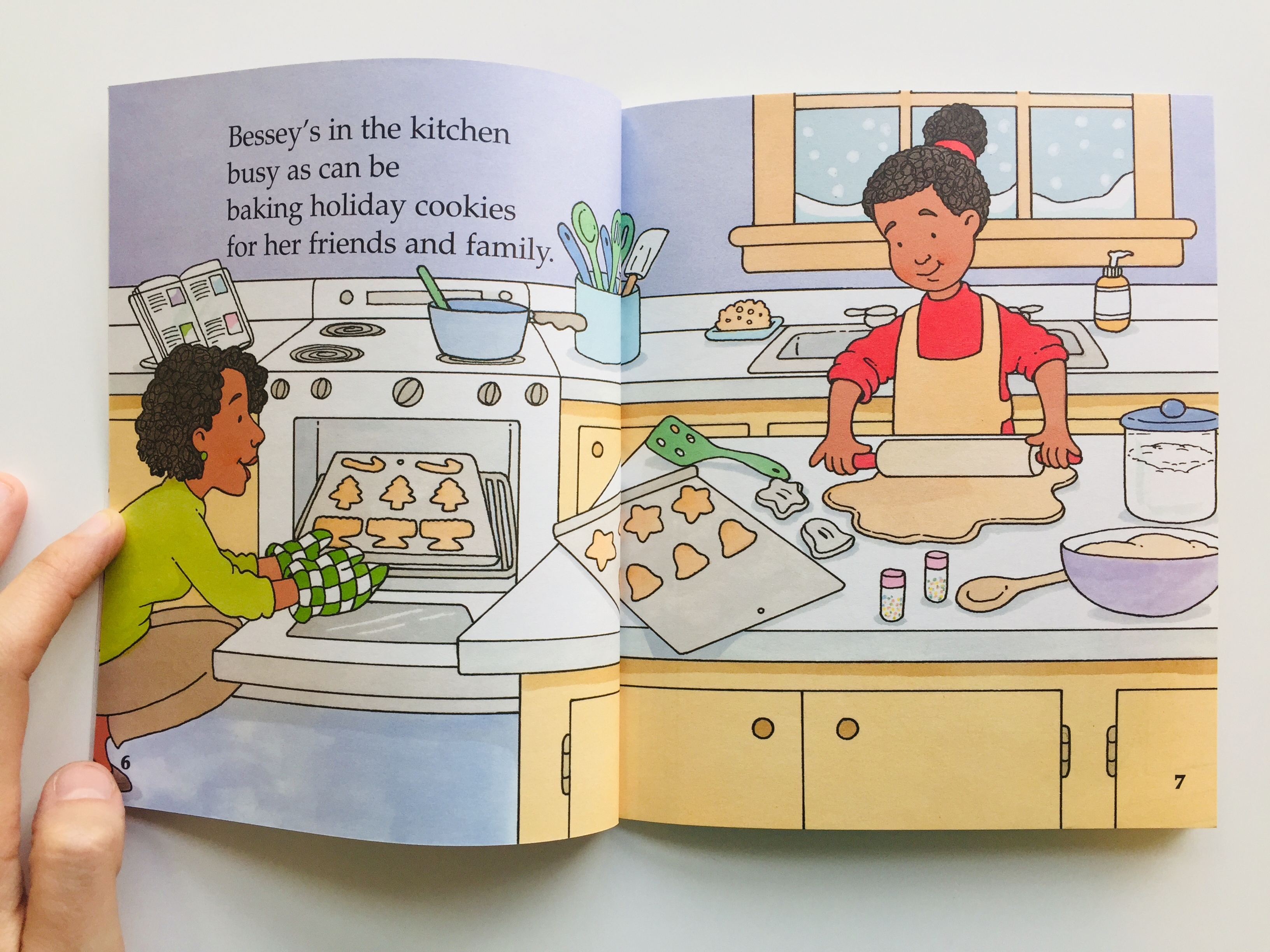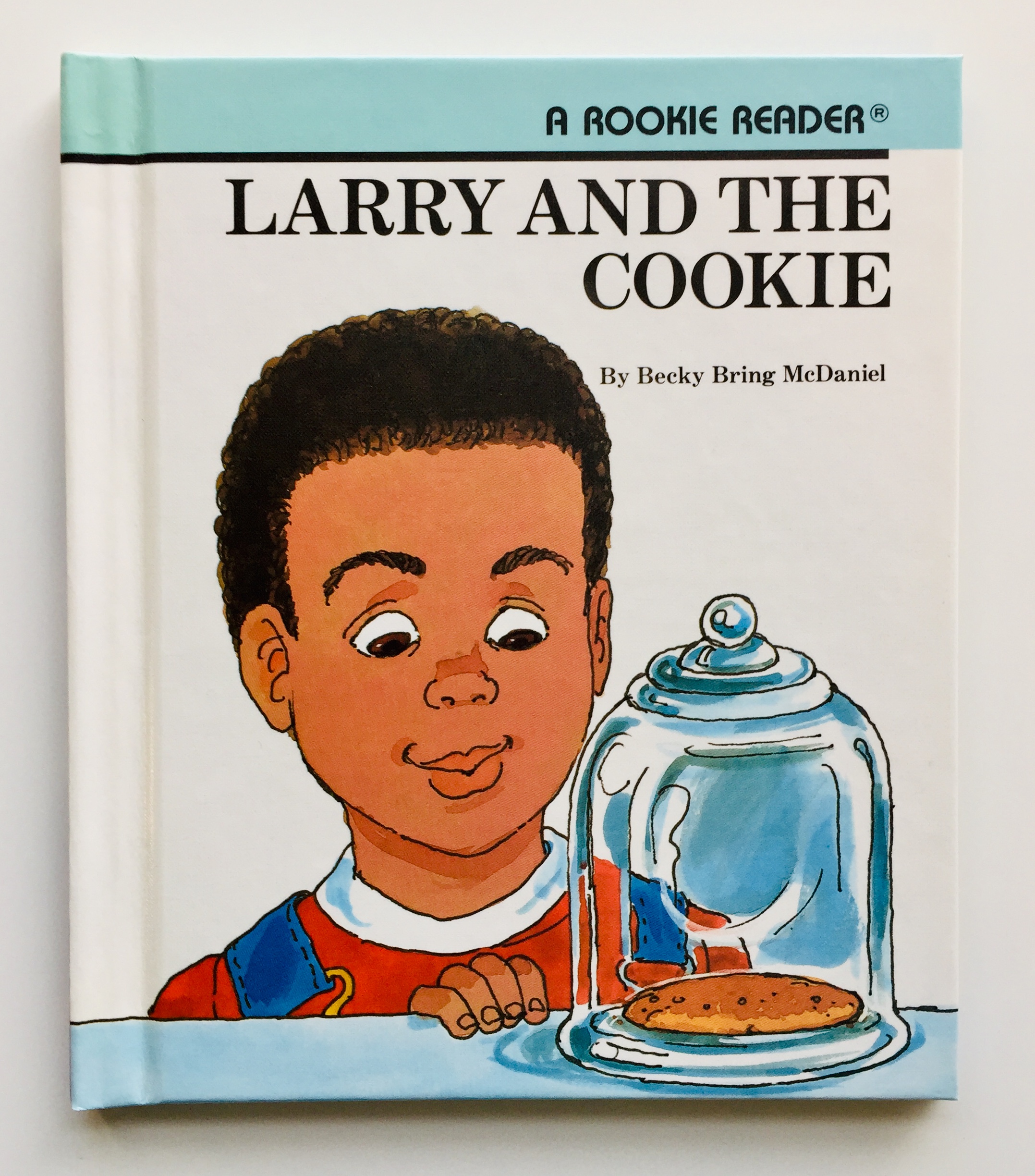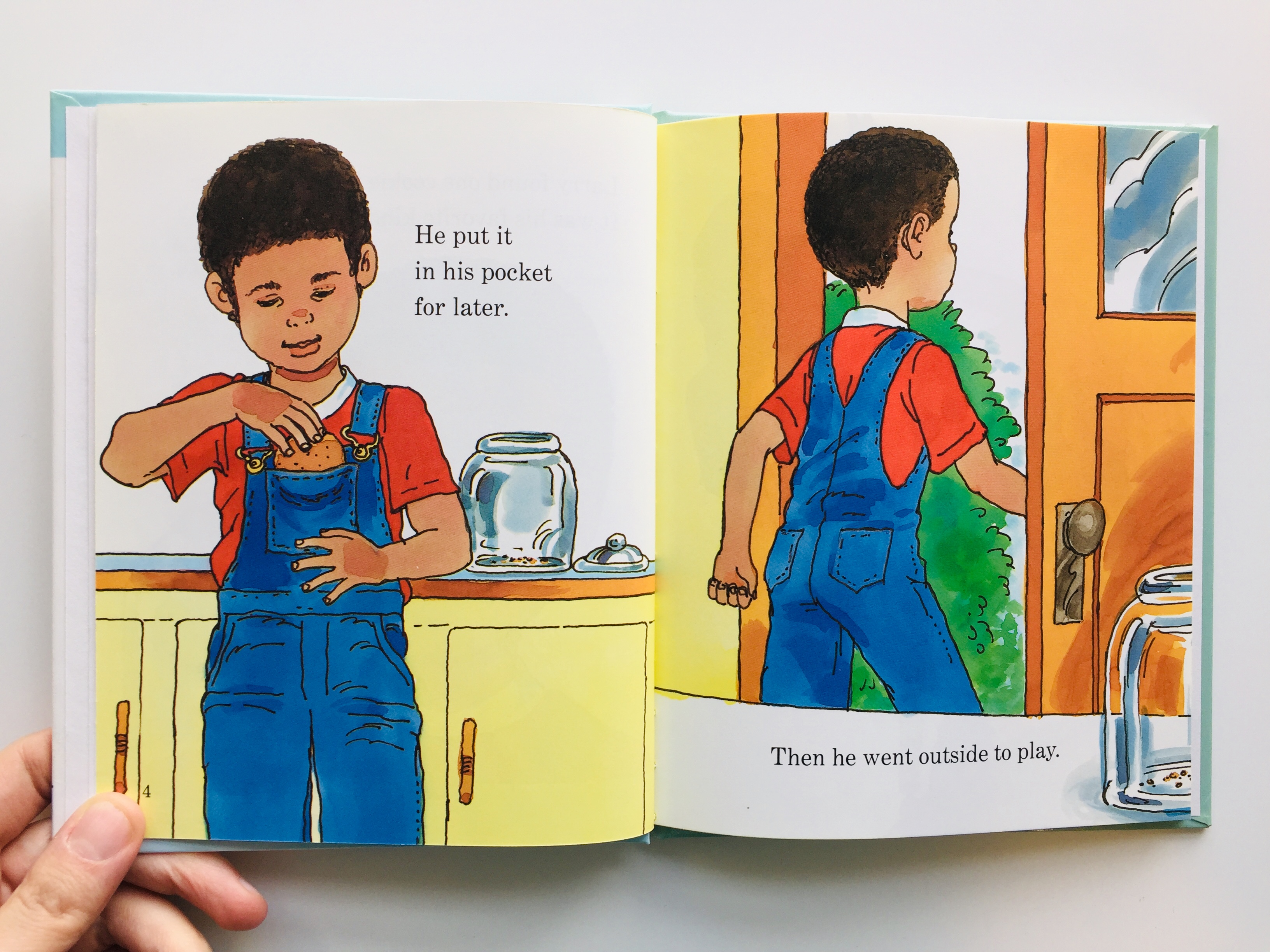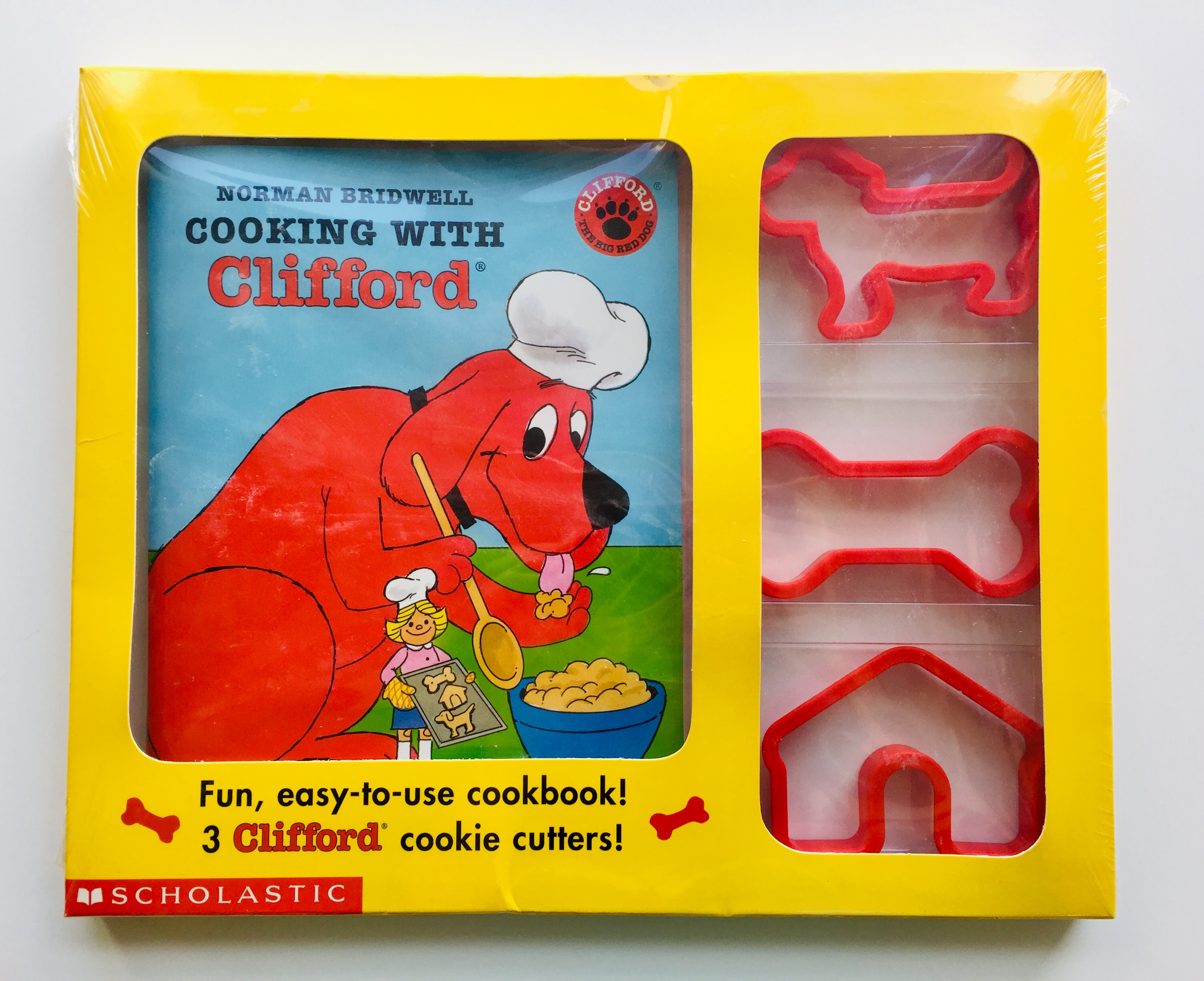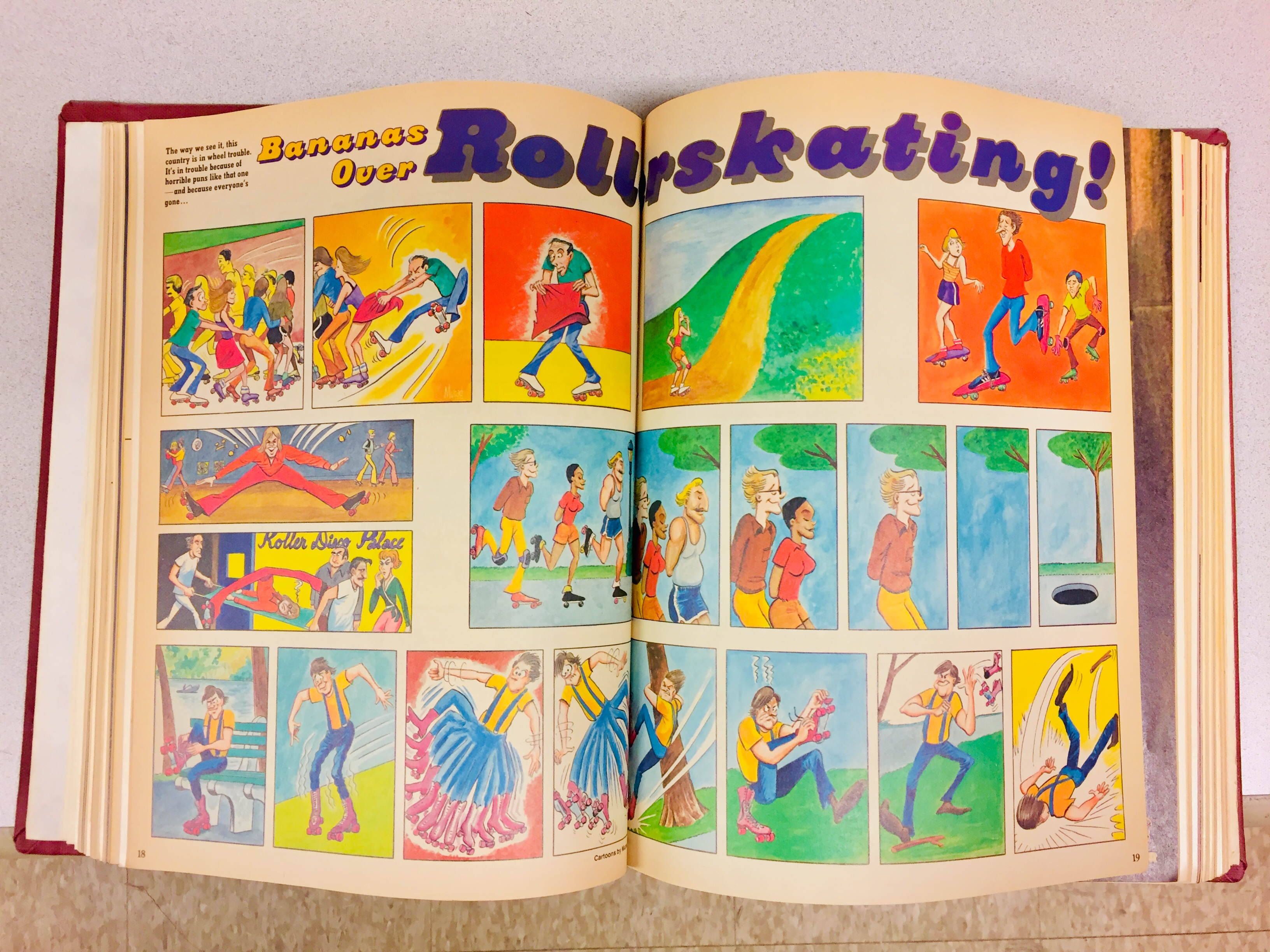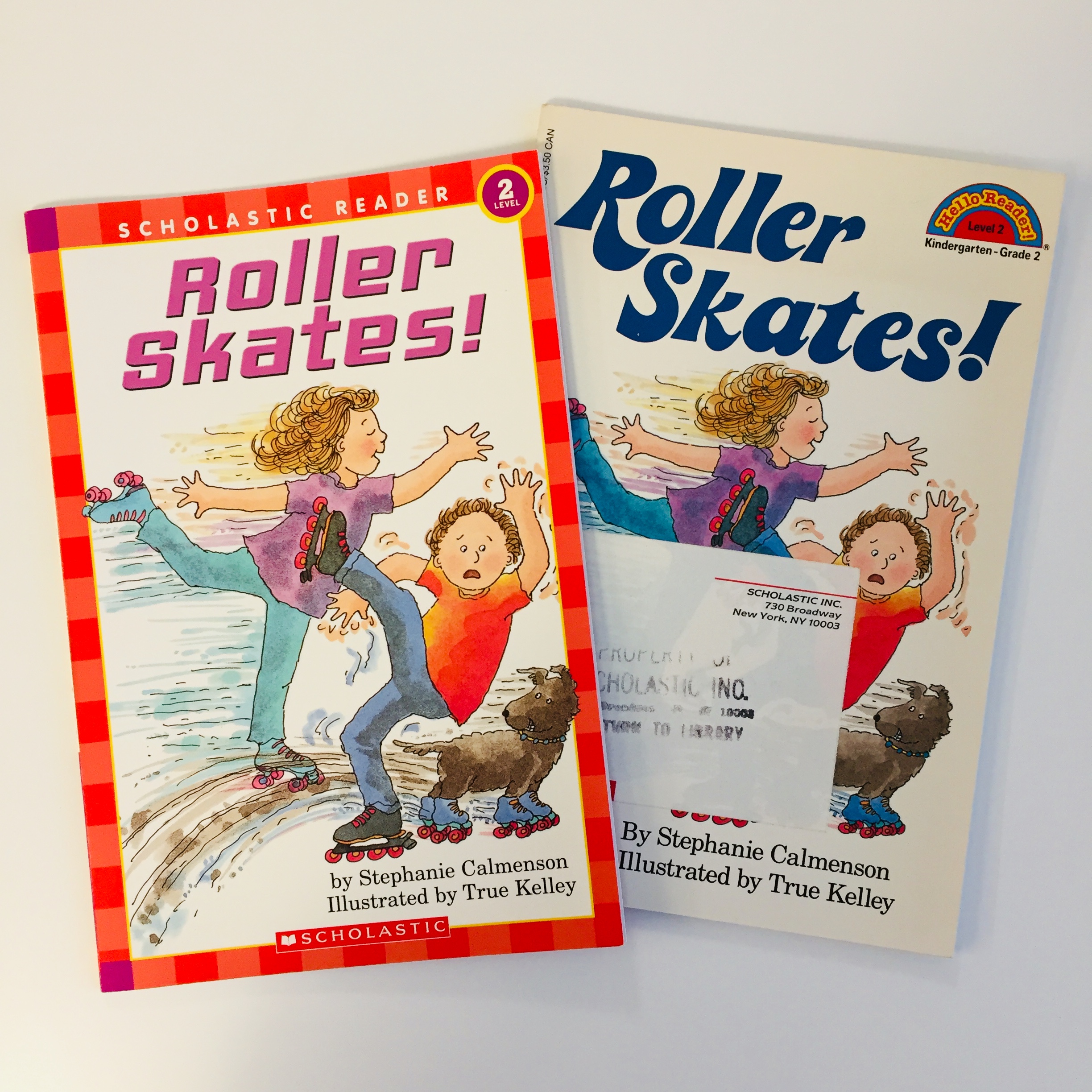Did you know that September is Library Card Sign-up Month?
For this Throwback Thursday post, we are honoring a place all of us here at Scholastic are pretty fond of: the library! Libraries are a valuable community resource for many reasons including: free books, newspapers, magazines, and DVDs; computer and internet access; educational programs; and a local place for people to meet and gather.
In previous installments of our Throwback Thursday series, we looked at some "old school" library tools, such as the card catalog, the Dewey Decimal System and the microfiche machine. But, if you're a brand new library patron in the 1960s, 70s, or 80s, first library card in hand, how did you learn to use these things? As you may have guessed, there were books for that!
A Scholastic Study Skills Book: Through Library Doors by Linda Beech, 1968.
Learn about the pleasures and treasures of a library, where books are stored, how you can find them, how they can help you.
This book is a fictional account of a librarian explaining how a library works to a young group of children. Along with the narrative story, there are also quizzes about the Dewey Decimal System, illustrated examples of a card in the card catalog, and sample maps that could be found in an atlas. Also, do you see that "SW 8" on the front cover? That ISBN indicates this is one of the first titles Scholastic ever published (Boy Dates Girl is #1!) and sold through Book Clubs.
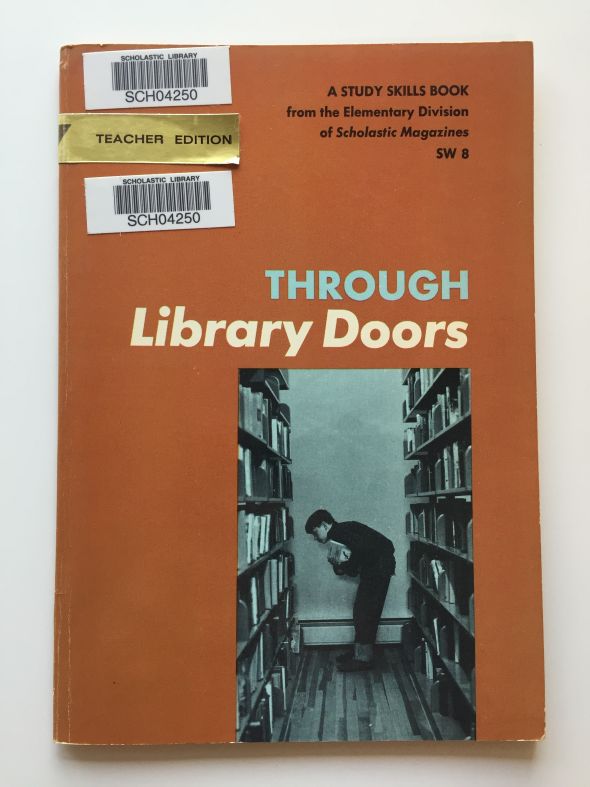
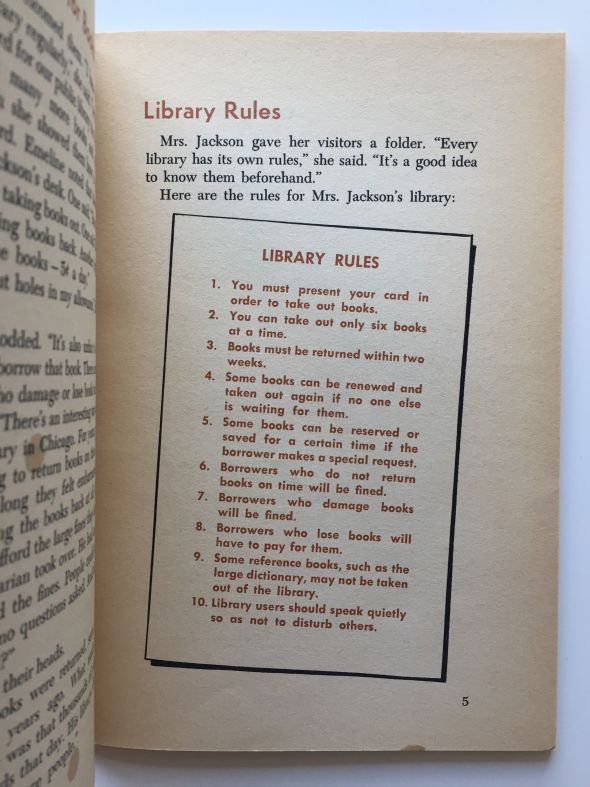
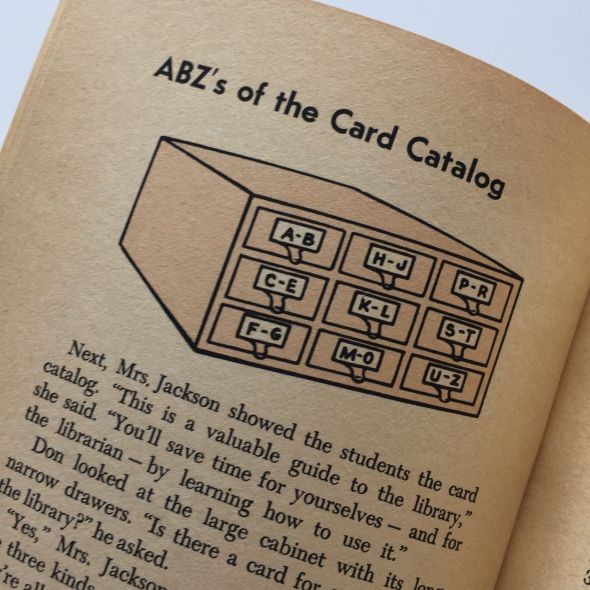
Scholastic Study Skills Books: Getting to Know the Library: Books A-C by Jane Sholinsky, illustrated by Jerry Zimmerman (Book A), Jared Lee (Book B) and Larry Ross (Book C), 1976.
The purpose of these books is to aquaint students with the parts of a book, and to introduce them to the library, a home for books and other materials (Book A); explain the Dewey Decimal System and card catalog (Book B); and introduce various types of books–such as dictionaries, encylopedias and almanacs–another other reference materials (Book C).
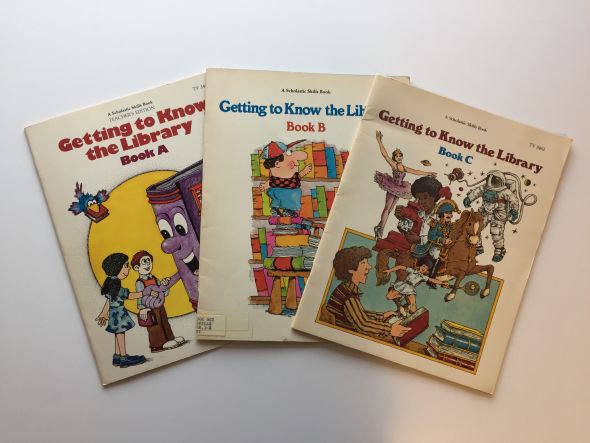
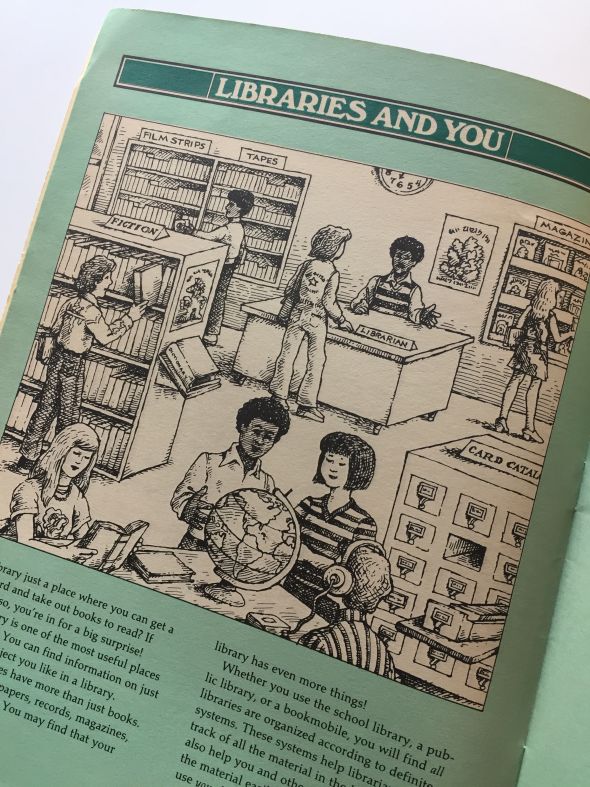
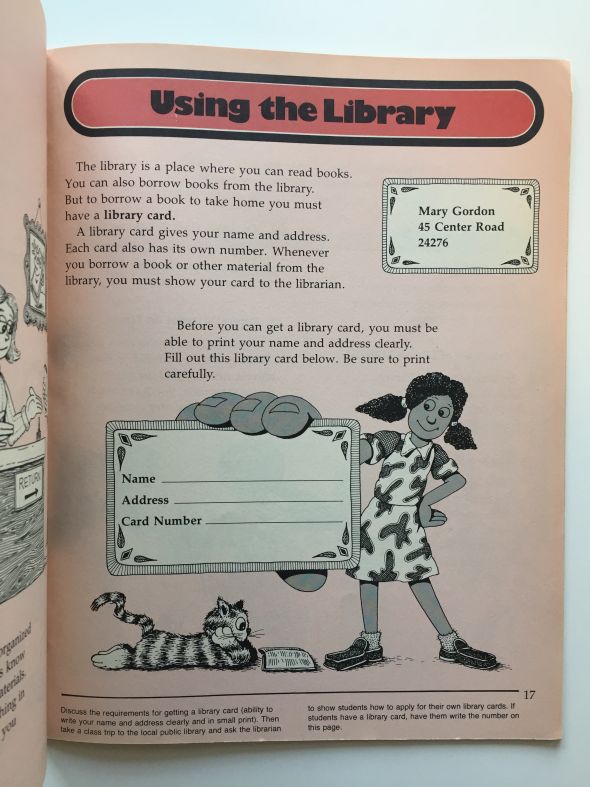
Mimeograph Worksheets, 1980.
When we found these worksheets on the shelf, Deimosa was very excited. She shared with me some memories that came flooding back to her: "Oh my gosh, I can actually SMELL these right now! And they were always hot when they came off the machine!"
I had no idea what Deimosa was talking about, so I suppose mimeograph machines were a bit before my time. To get me up to speed, Deimosa sent me this YouTube video so I could see how a mimeograph machine actually works.
These worksheets were clearly copied from a mimeograph machine, and were used to teach children about library rules, the card catalog, reference books, and more.
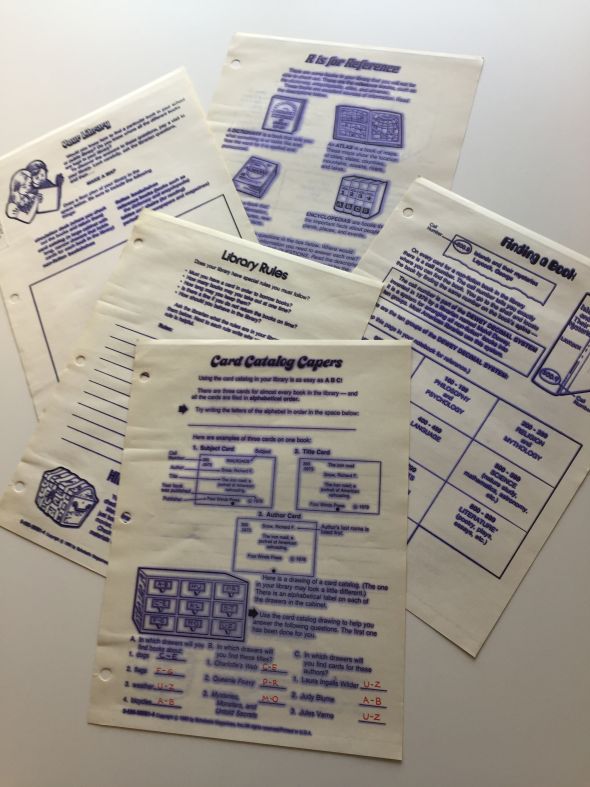
Scholastic Skills Books: Explore the Library A-B, C-D and E-F by Jeri S. Cipriano, 1995.
A-B: Books take you any place you want to go. Learn how to use the library. This book will help you. Then, black off! You'll be set for some great adventures.
E-F: You can track down all sorts of information. Visit exotic places. Meet famous people. Become an "expert." You can do all of this, and more – in the library. This book will show you how.
This appears to be 1990s reboot of the 1976 Getting to Know the Library series of books, with the same information but new illustrations.
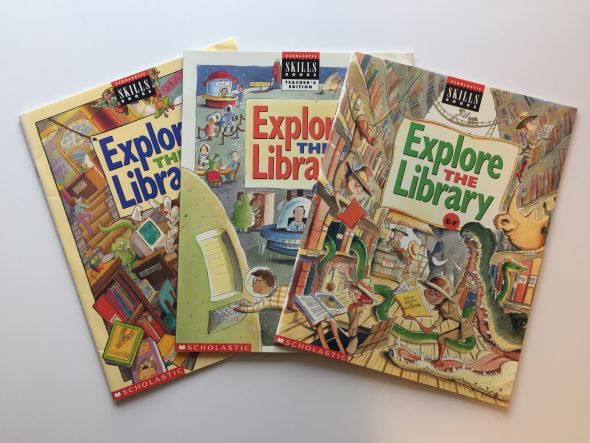
Special thanks to librarian Deimosa Webber-Bey for her ongoing help with this series!



